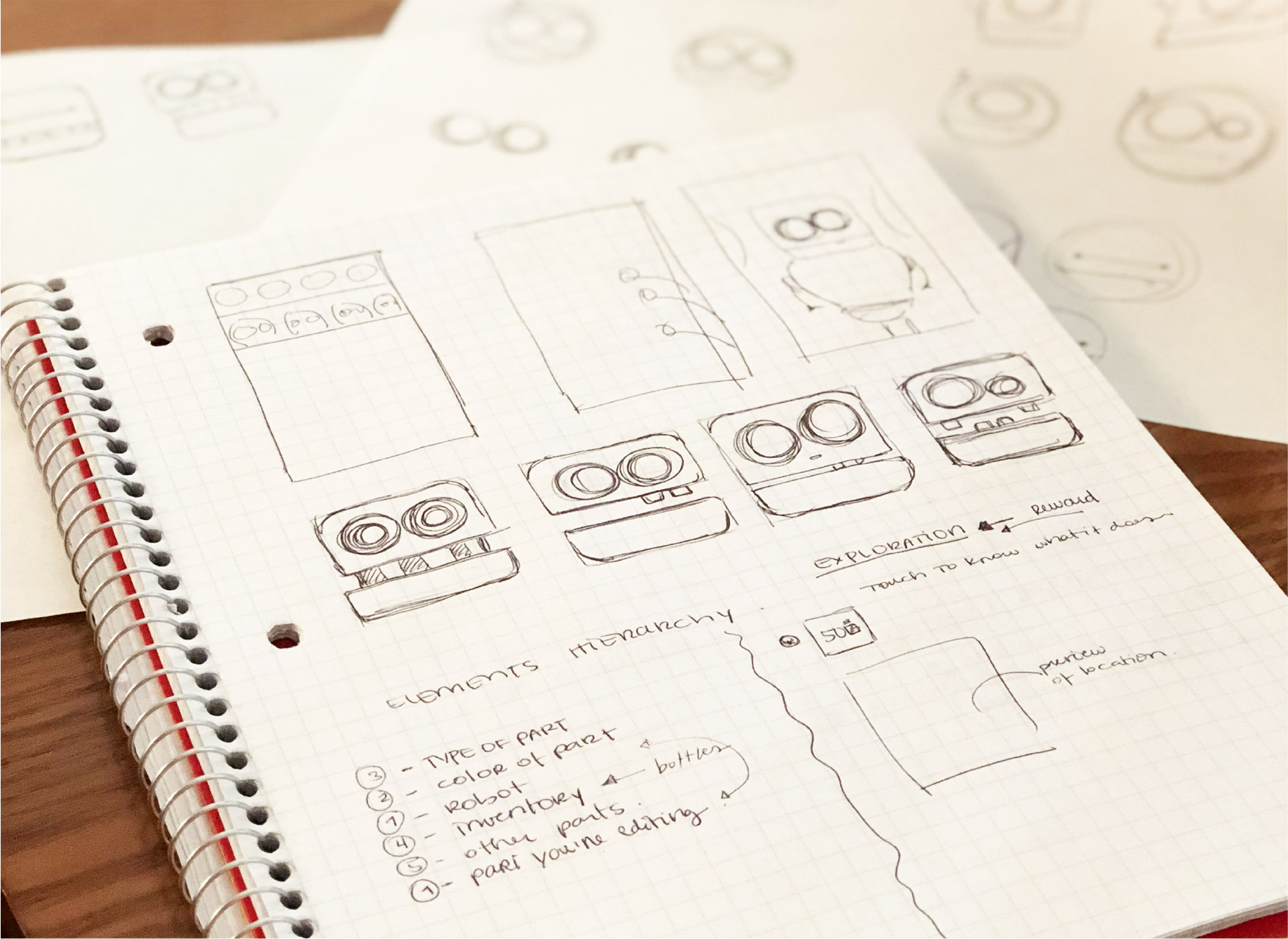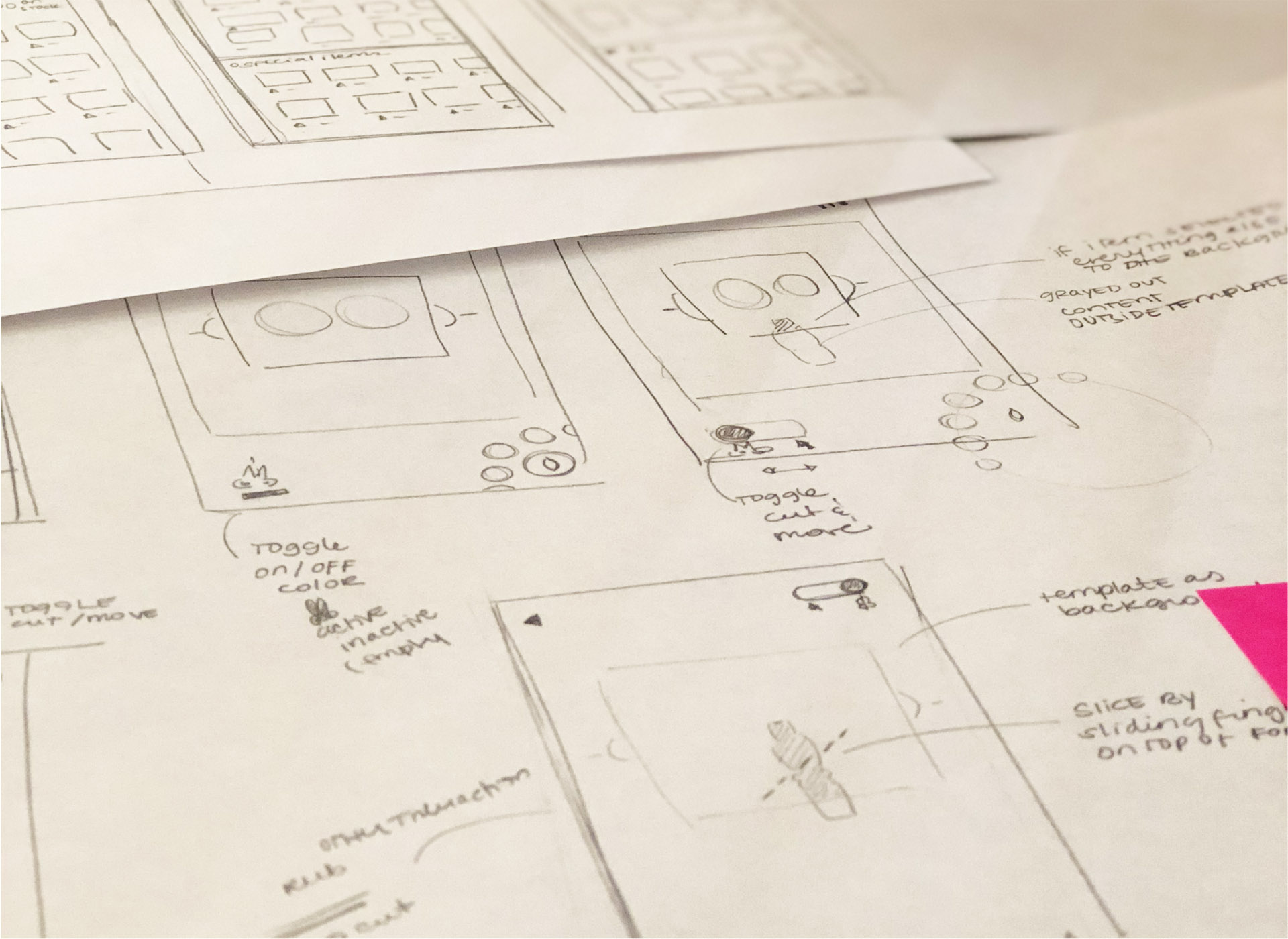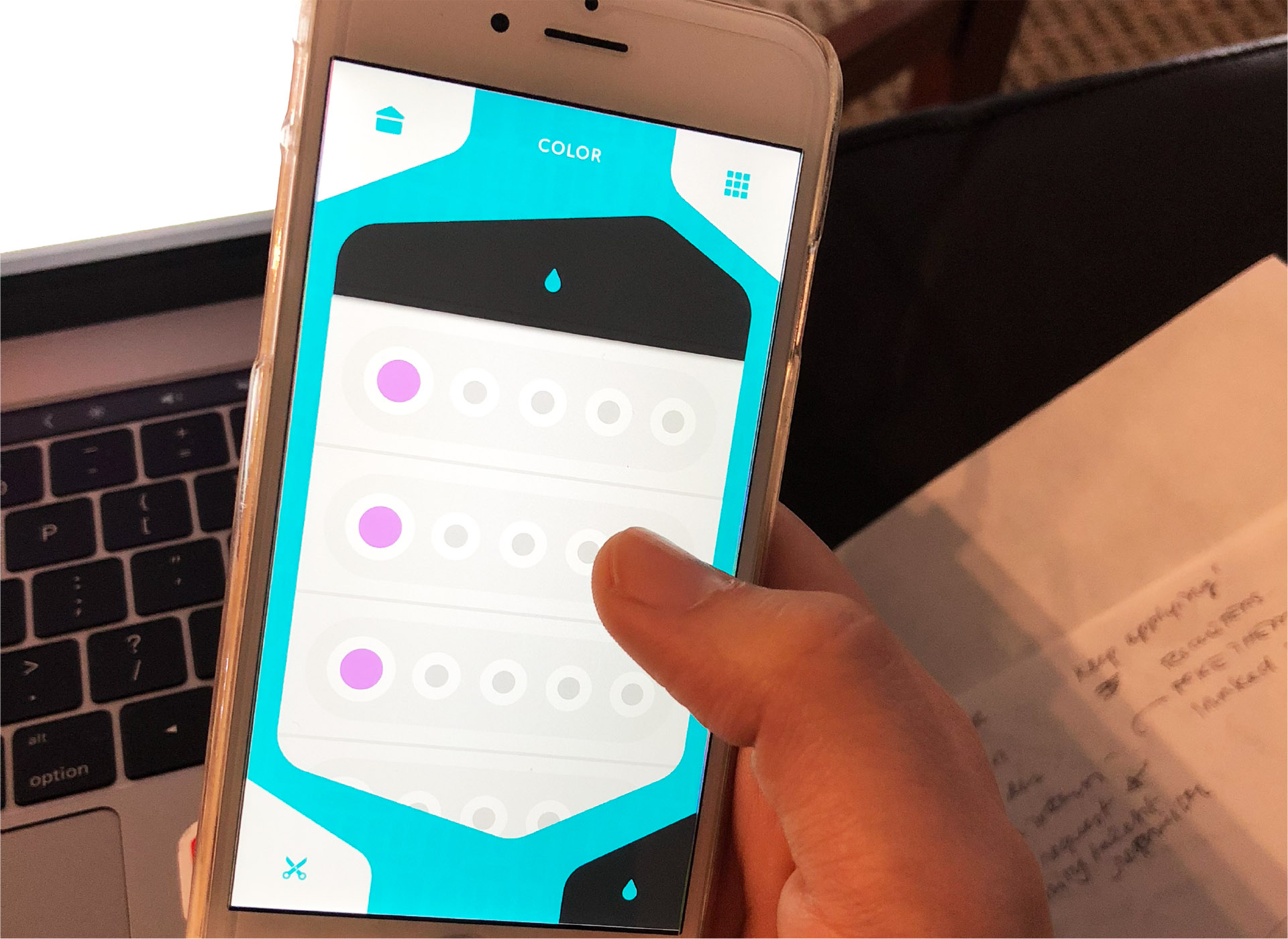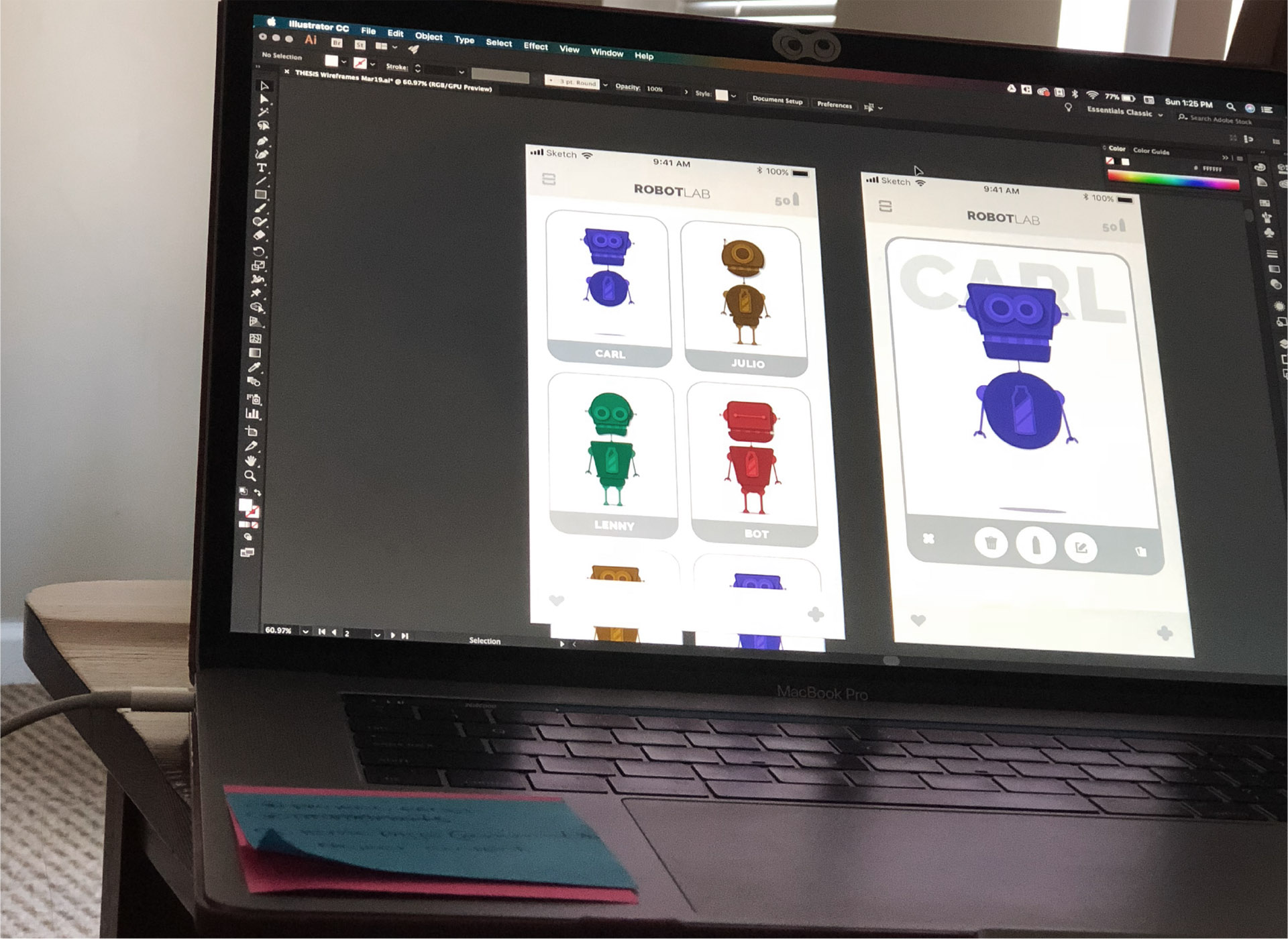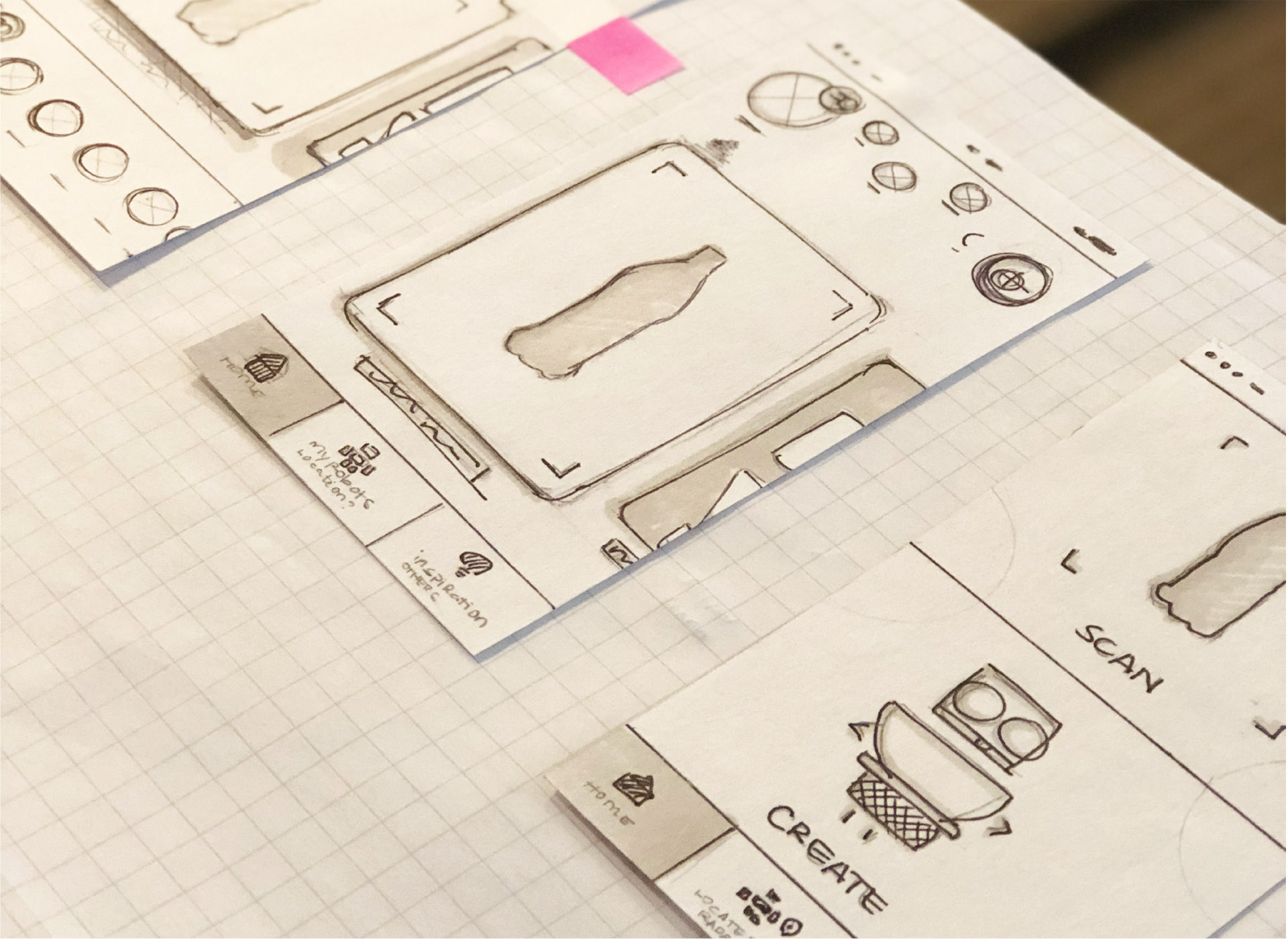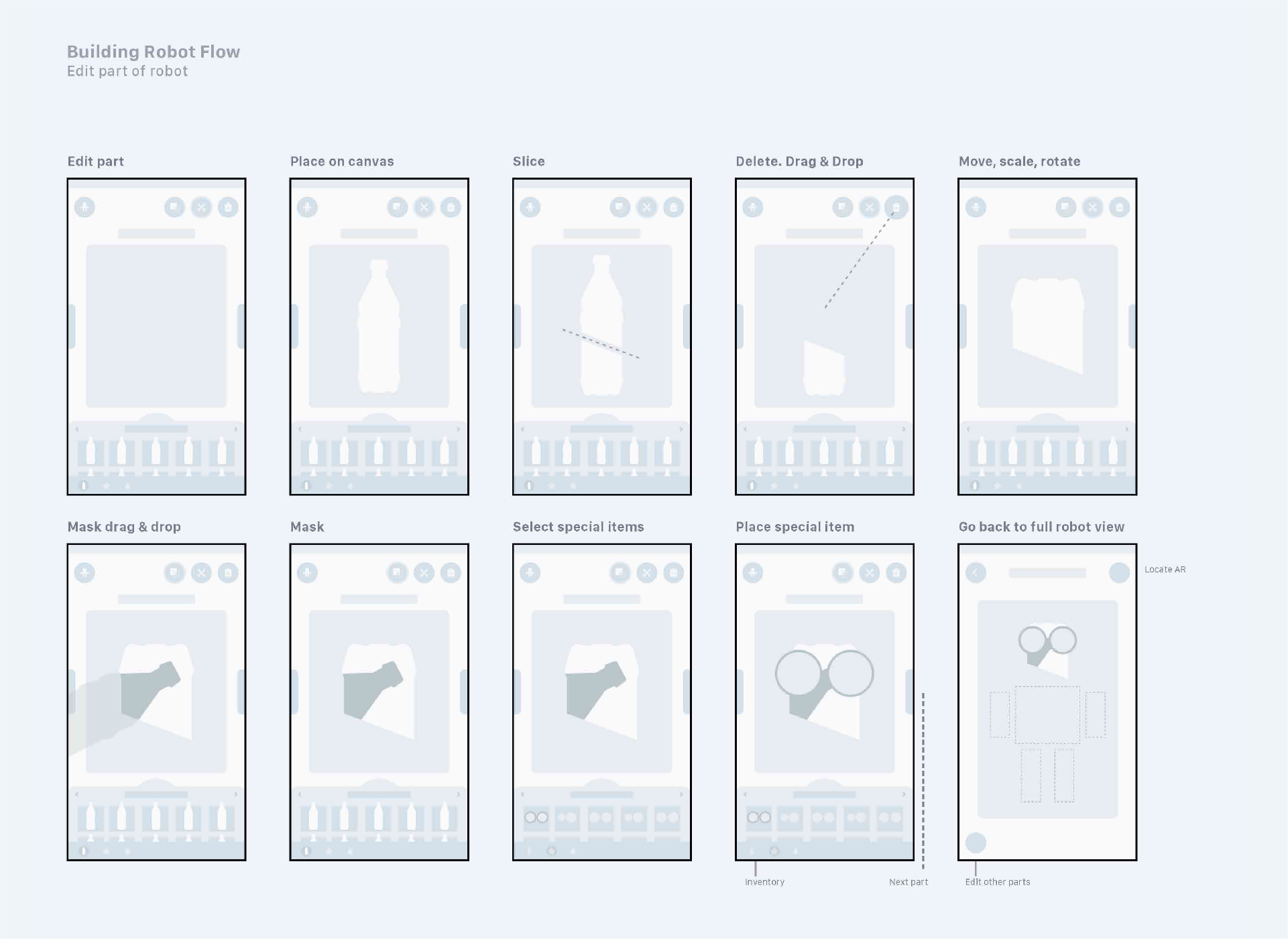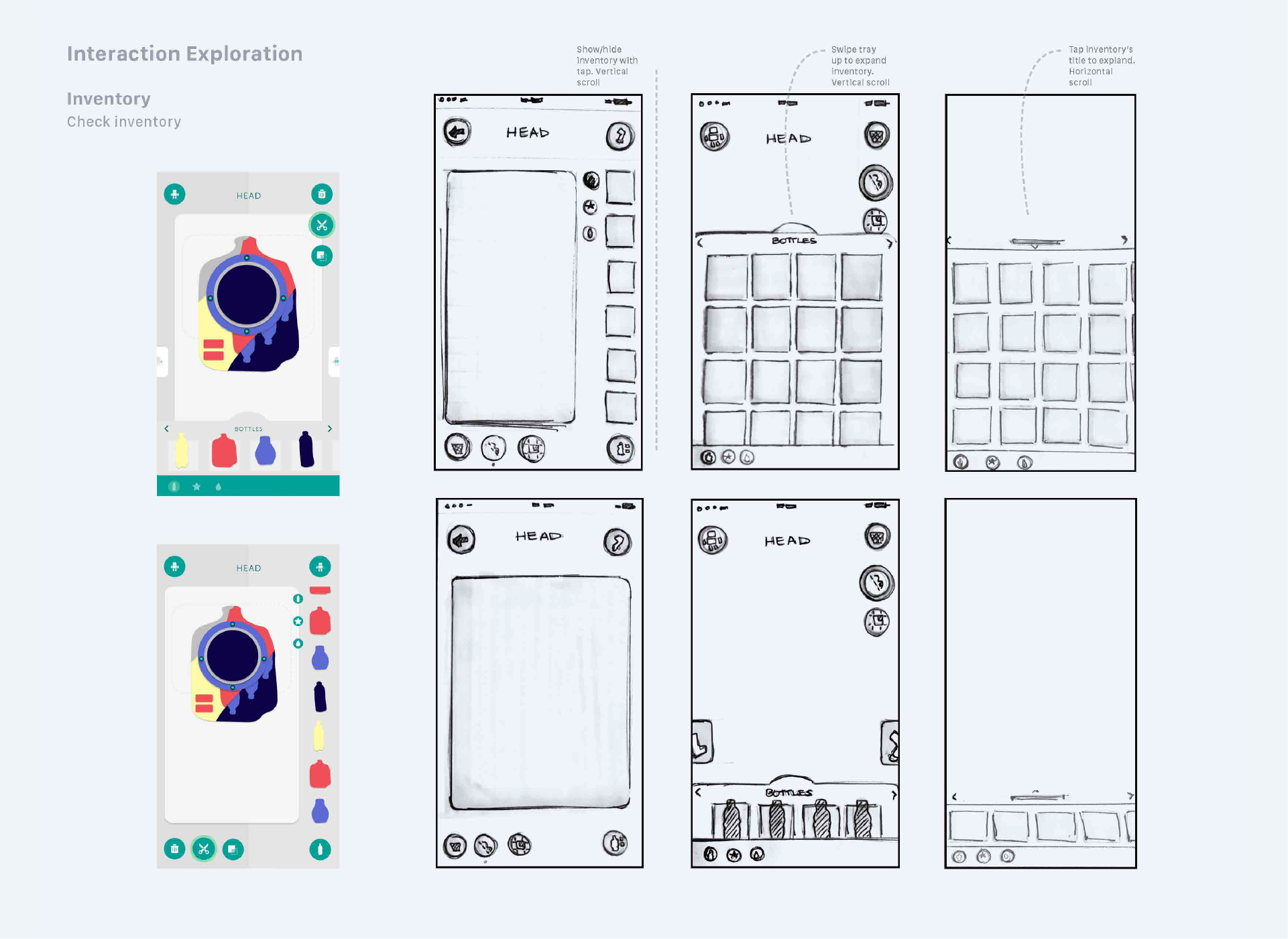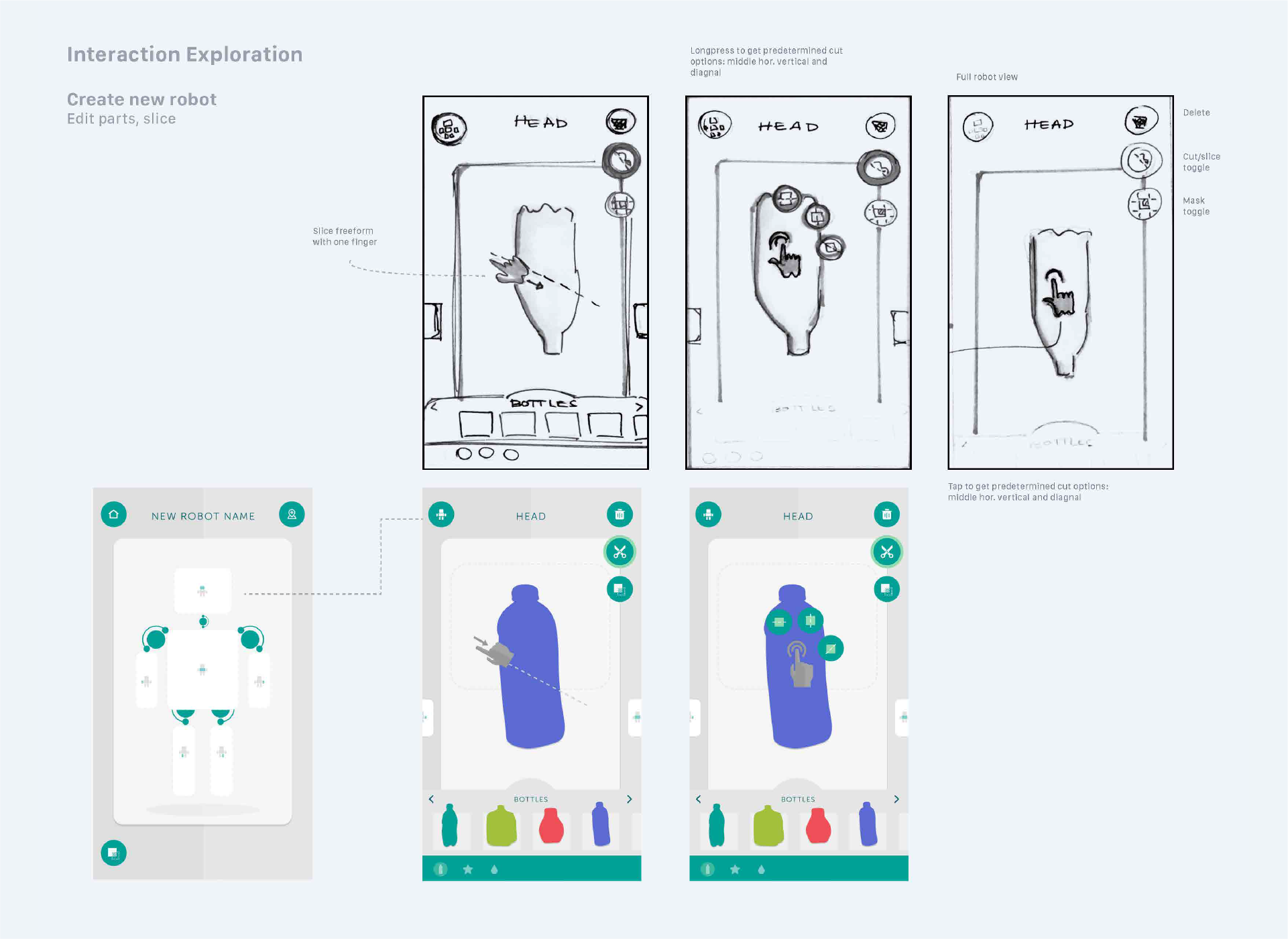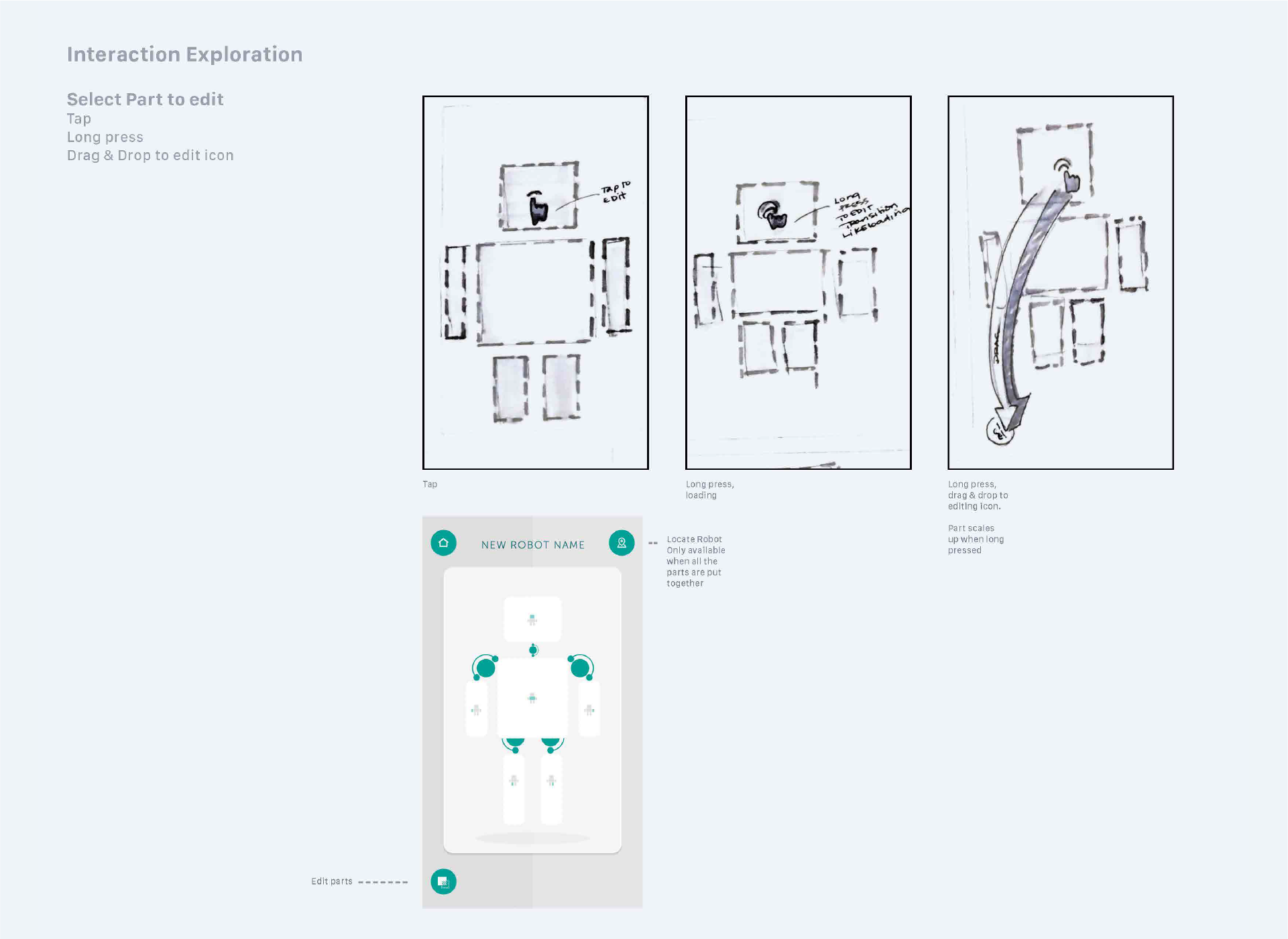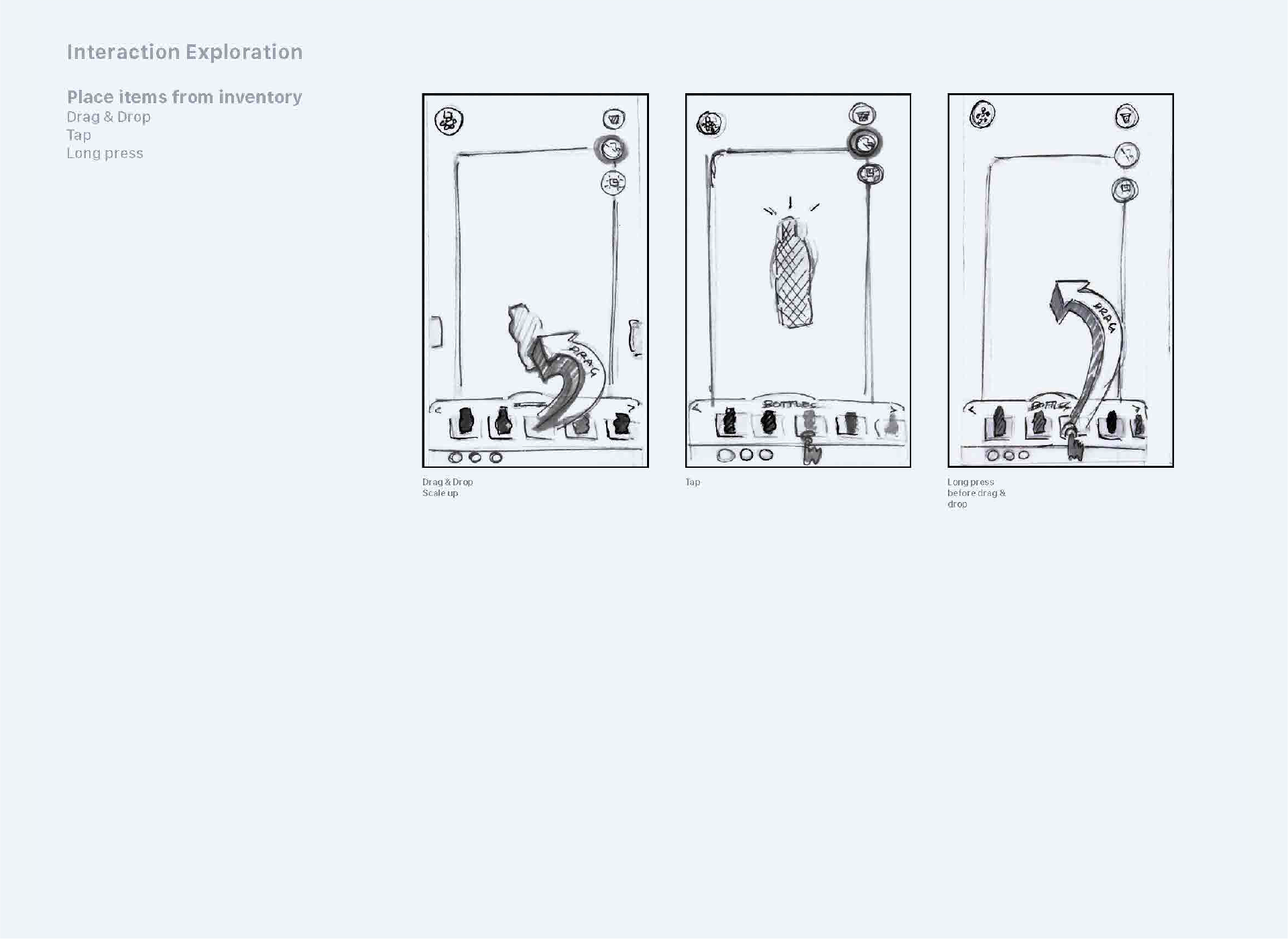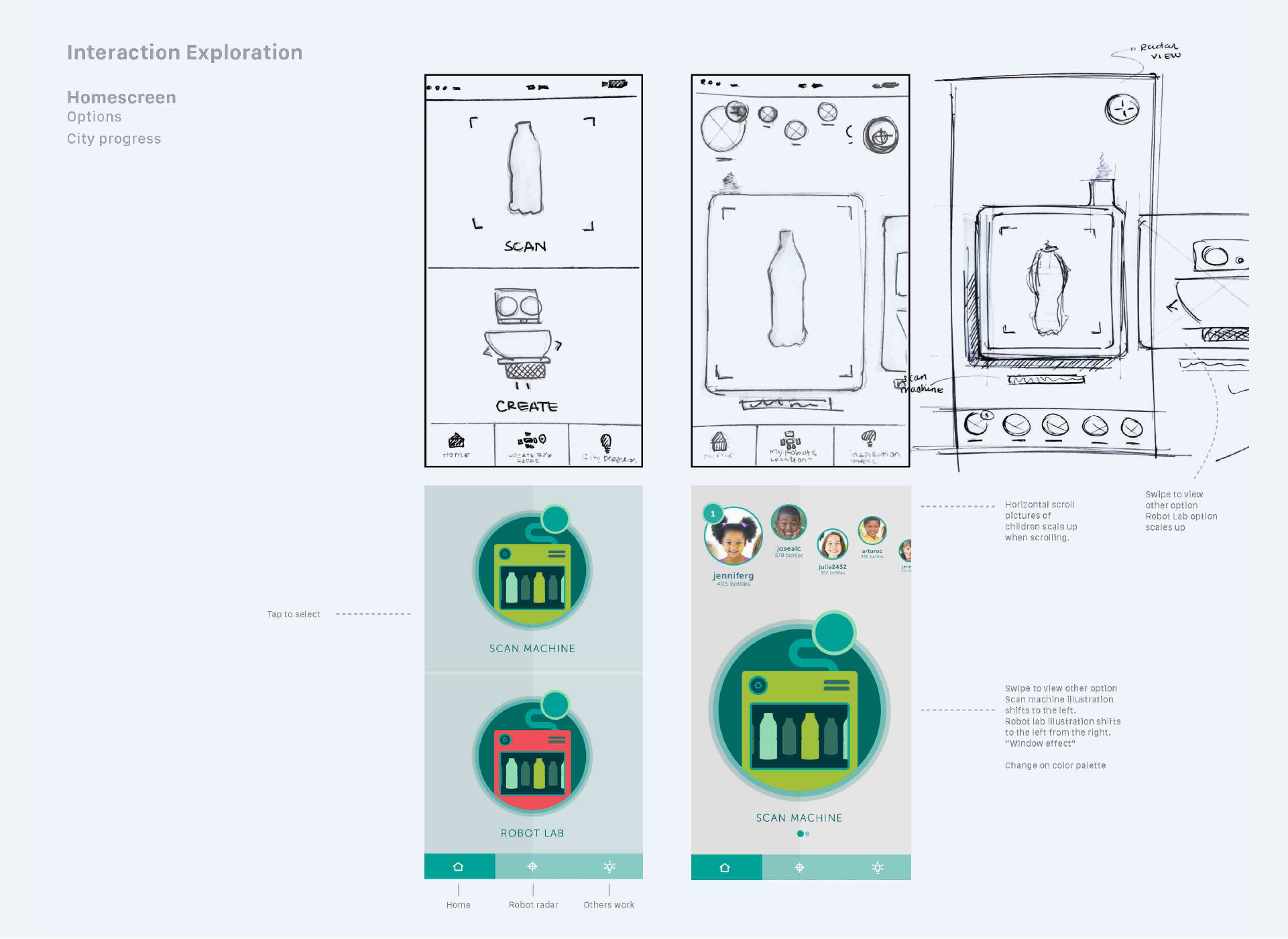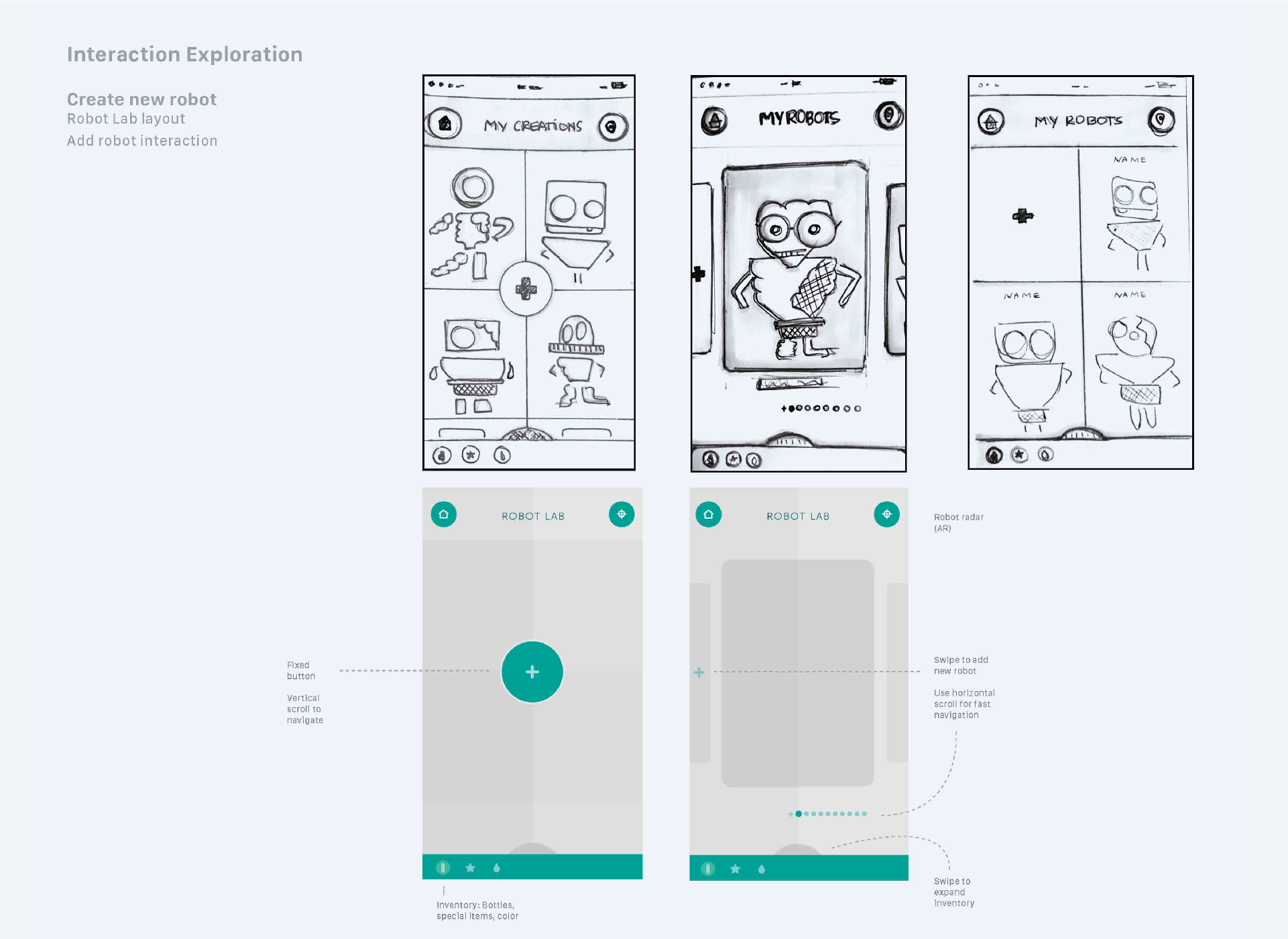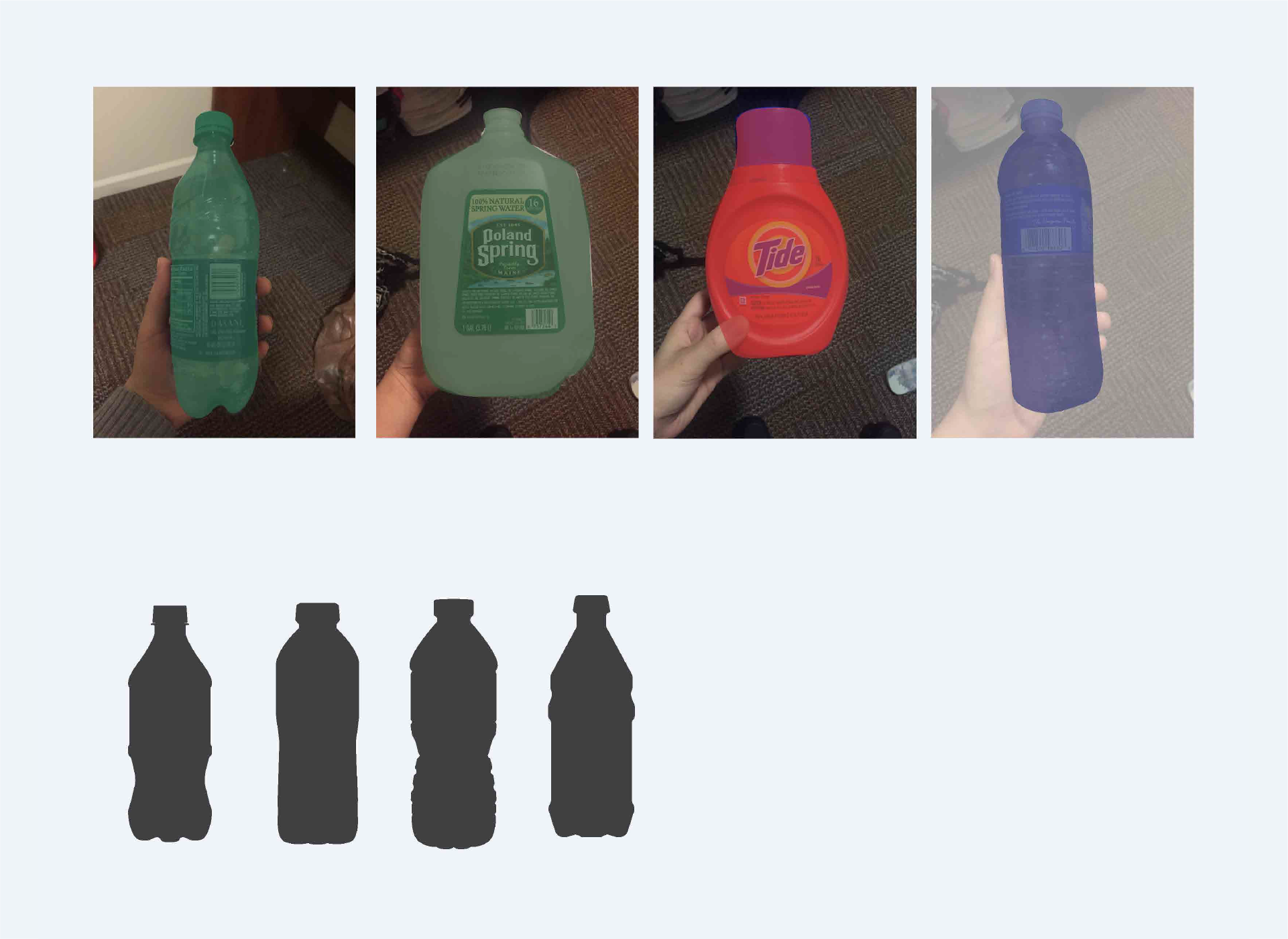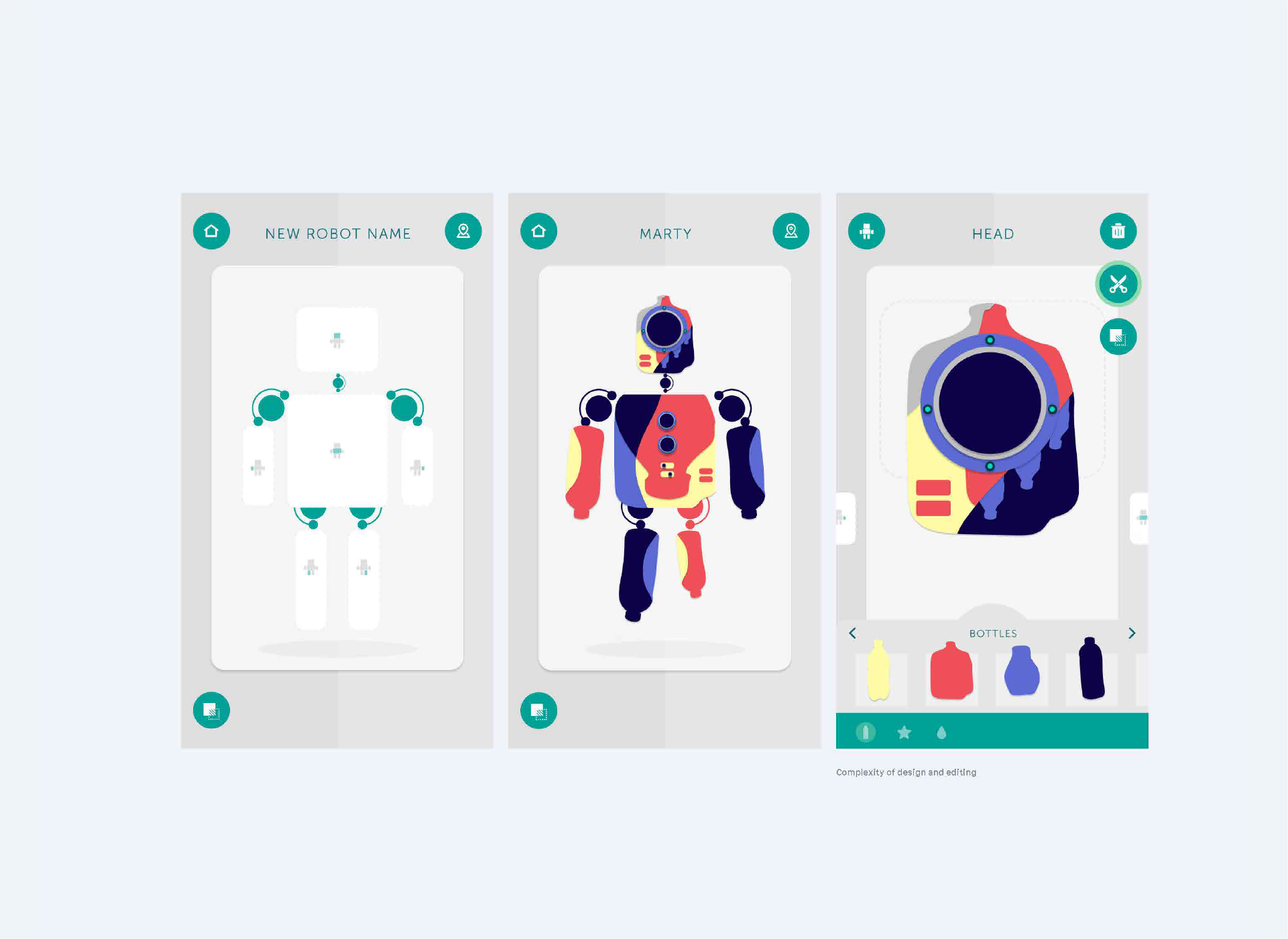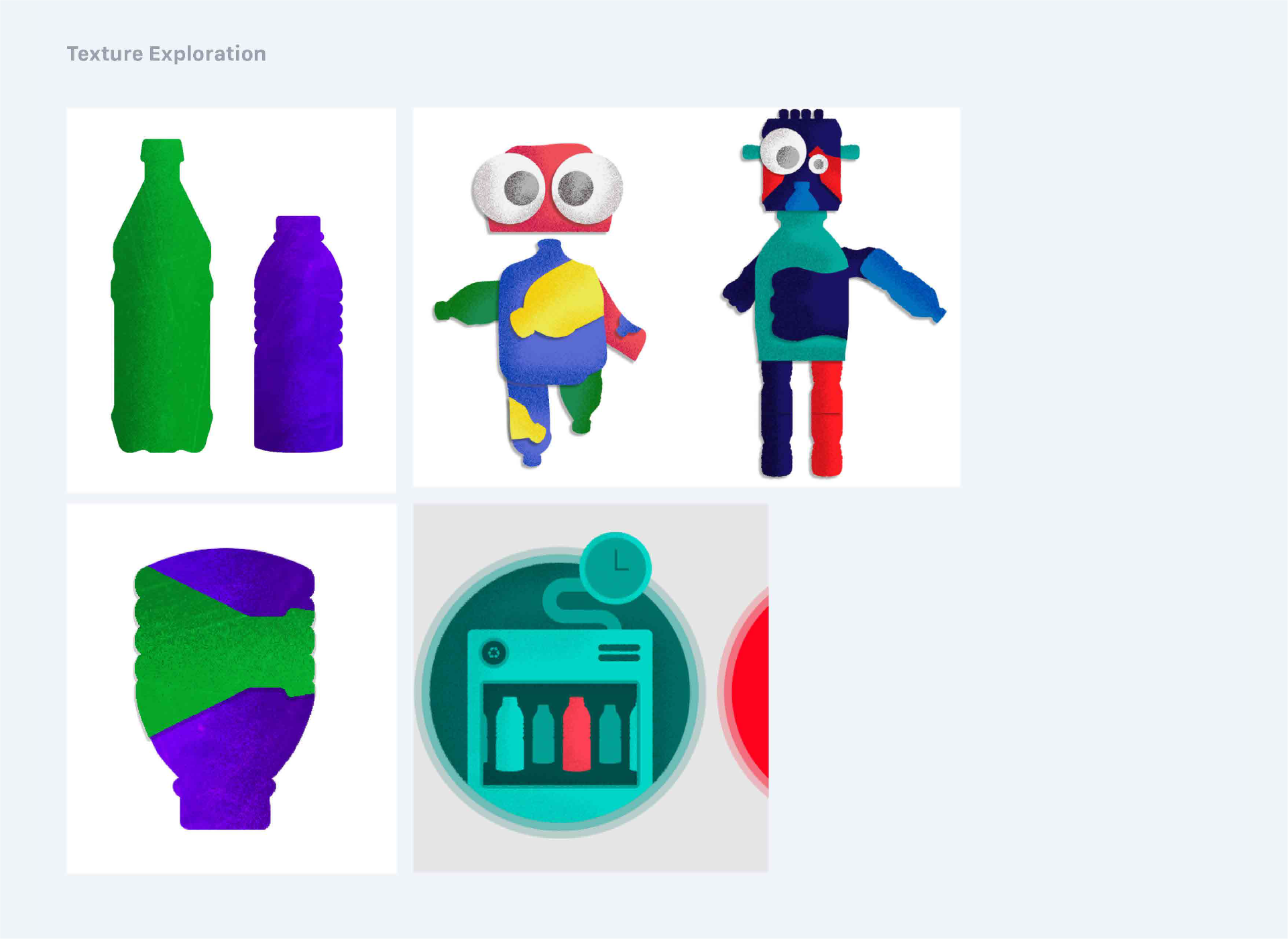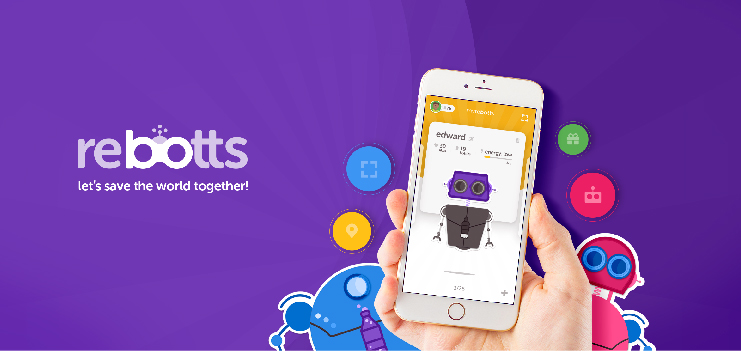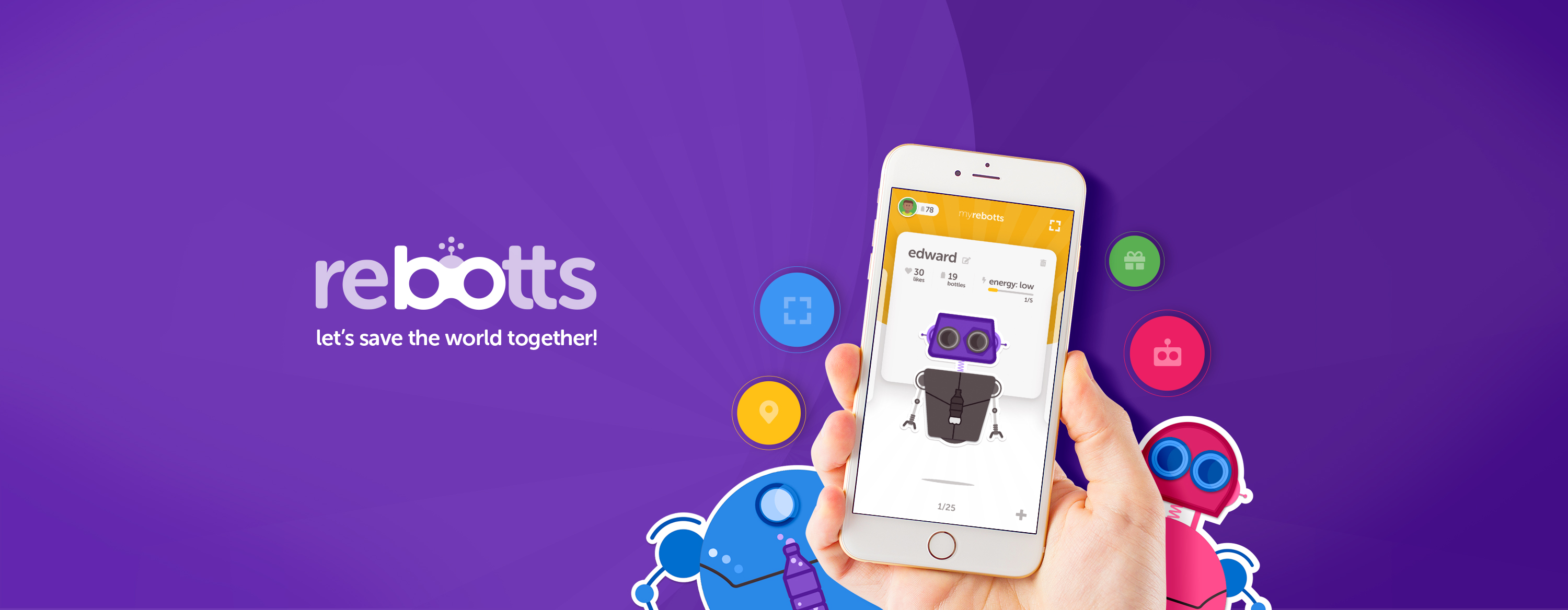
Encouraging Children to Actively Recycle
A mobile application to promote recycling in the Dominican Republic
THE PROJECT
Recycling can be a confusing activity, it can be seen as low priority since it doesn't have any immediate consequences or rewards. But the truth is that recycling is an essential factor in our future society.
Countries like the Dominican Republic are in need of incorporating a recycling culture in order to create a recycling habit in their society. With the help of children as our main promoters of recycling habits, we can educate and motivate the Dominican society to actively recycle.
A mobile application was designed to use the power of mobile technology to change real-life behavior.
Designer: Noelia Rivera
Chief Advisor: Adam Smith
Associate Advisor: Miguel Cardona
Associate Advisor: Chris Jackson
THE SITUATION
14,000
tonnes of solid waste is generated daily in the Dominican Republic. Imagine filling up 400 long-haul garbage trucks daily.
49%
of these solid waste is recyclable material.
5%
but only 5% of these solid waste is recycled.
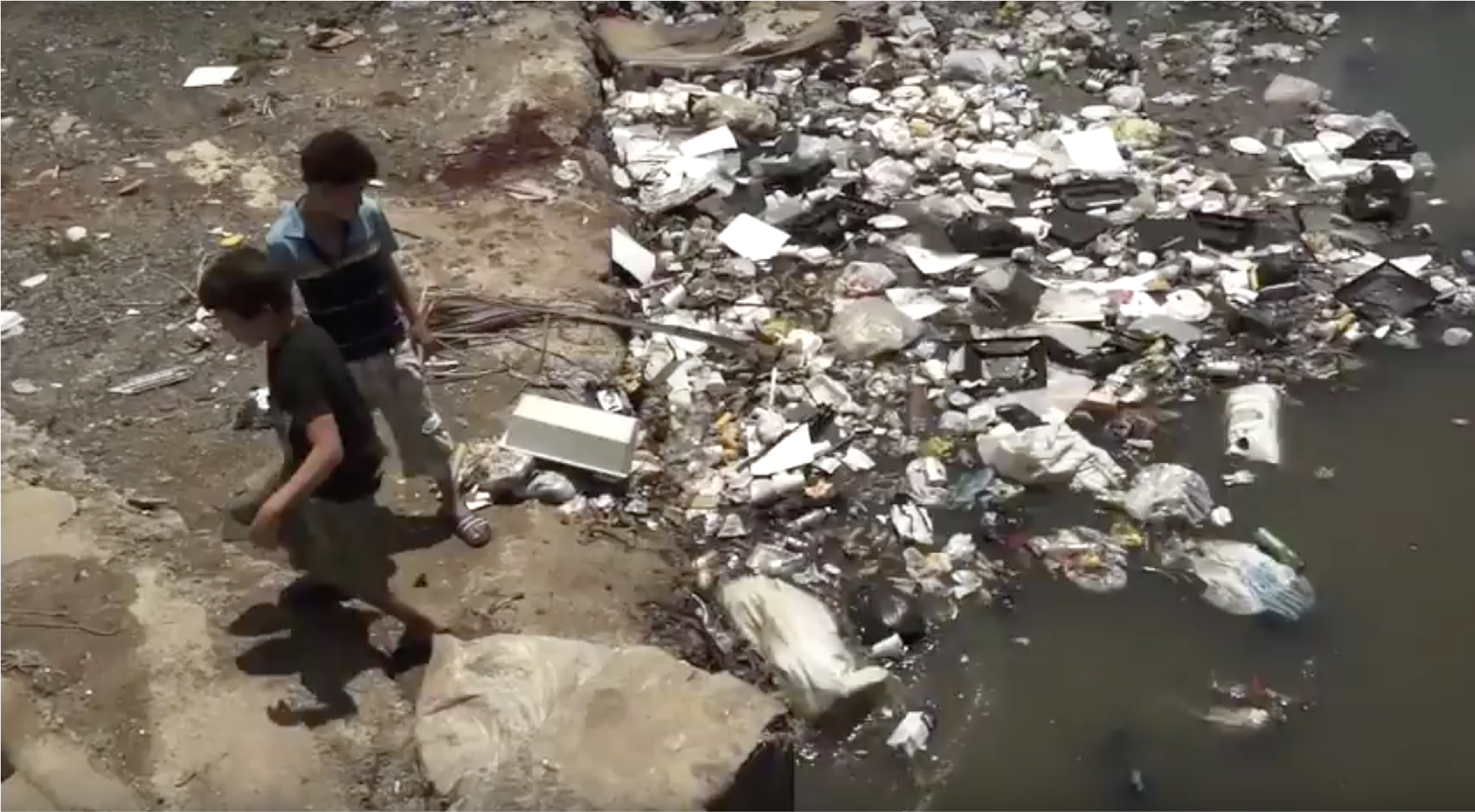
This situation is affecting tourism – the biggest industry in the Dominican Republic – and is the main cause of many diseases.
Dominicana Limpia: La educación como base para reducir y reciclar desechos sólidos: eldinero.com.do | Video Dominicana Limpia: youtube.com
Why people don't recycle?
CONFUSION
People feel confused when it comes to recycling. 50% of people say they throw the item away if they are unsure about whether an item can be recycled or not.
LOW PRIORITY
Experts say that some people still think recycling doesn't make a difference. That's an indicator that there is not a direct connection between communities and recycling benefits.
LACK OF MOTIVATION
Recycling is a habit, habits need triggers and rewards in order to be successfully incorporated into someone's life. If there are no immediate rewards for doing an activity, people are less likely to do that activity.
The Psychology Behind Why People Don't Recycle: huffingtonpost.com | Top 5 reasons people do and don't recycle: upworthy.com | How to Create Apps That Change Behavior: macadamian.com
How to use mobile technology to:
EDUCATE
By making a connection between the user and the recyclable materials, giving information about them and the benefits of recycling those materials.
SHOW IMPACT
By providing information of how individual efforts can affect their society.
ENGAGE & MOTIVATE
By giving virtual immediate rewards after every recycling action to create a positive trigger in the user's behavior and, give the opportunity of reusing recycled materials in the digital world to then share them with friends in the real world.
THE APPROACH
A mobile application that rewards real-world recycling actions and allows children to transform recycled materials into energy for virtual robots.
discover
Learn about recyclable materials. Scan real-life bottles to transform them into energy bottles.
build
Build an army of robots that run on recycled bottles. Customize their look, make them your own.
share
Show your creations by placing them in the real world. Use the AR radar to locate others' creations.
reward
Receive virtual rewards after every recycling action. Get to the top of the ranking to get real prizes.
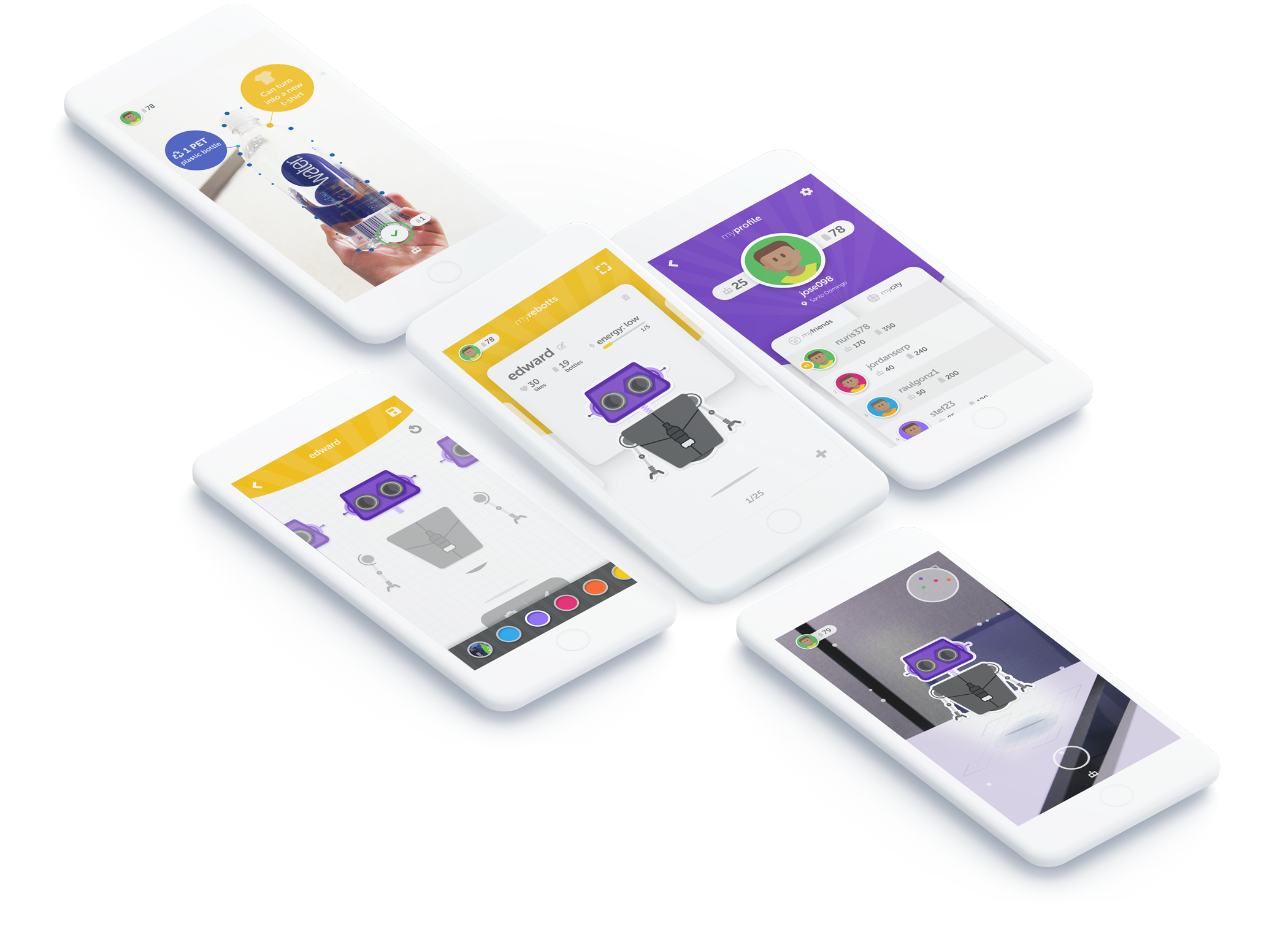
CHILDREN AS THE PROMOTERS
WHY CHILDREN?
Children learn new behaviors faster than adults. They are curious and very persistent when they are interested in a certain game or activity. They can serve as the perfect link to educate adults and friends about recycling habits.
Children in the concrete operations stage (7-11 years old) are starting to establish their personal culture and understanding of others. They enjoy making friends and imitating others' actions at school.
Children in this age group are exposed to recyclable materials, have a better reading comprehension and start to develop complex strategies to solve problems.
Cognitive Development: Age 7–11: cliffsnotes.com | Piaget Theory: Childhood cognitive developmental stages: blog.cognifit.com
WHAT IS OUT THERE?

PROS
AR apps are incorporating real-world products into the digital world.
Are concentrated on expanding creativity and use it as a mode of play.
After creating something, creation apps have a secondary interactive action.
CONS
Even though some apps are connecting products from the real world, they are not connecting it to a behavioral change.
The recycling apps are only focused on education and division of the materials but are leaving behind the engagement factor and the connection with the real recycling activity.
HOW DOES IT WORK?
SCAN & UNLOCK
Using augmented reality and image recognition, the user can verify if a material is recyclable, what are the benefits and what it can turn into after recycling. By having this information, the user can be more motivated to recycle.
SURPRISE ELEMENT MOTIVATION
After every recycling action, the user will be rewarded with a super bottle that can be used to energize their robots. The idea is to trigger behavior based on these rewards. Having the surprise element can help motivate the user to keep recycling since they'll always receive something new.
We see this strategy in collectible children products, where the product is hidden and the curiosity leads to purchase.

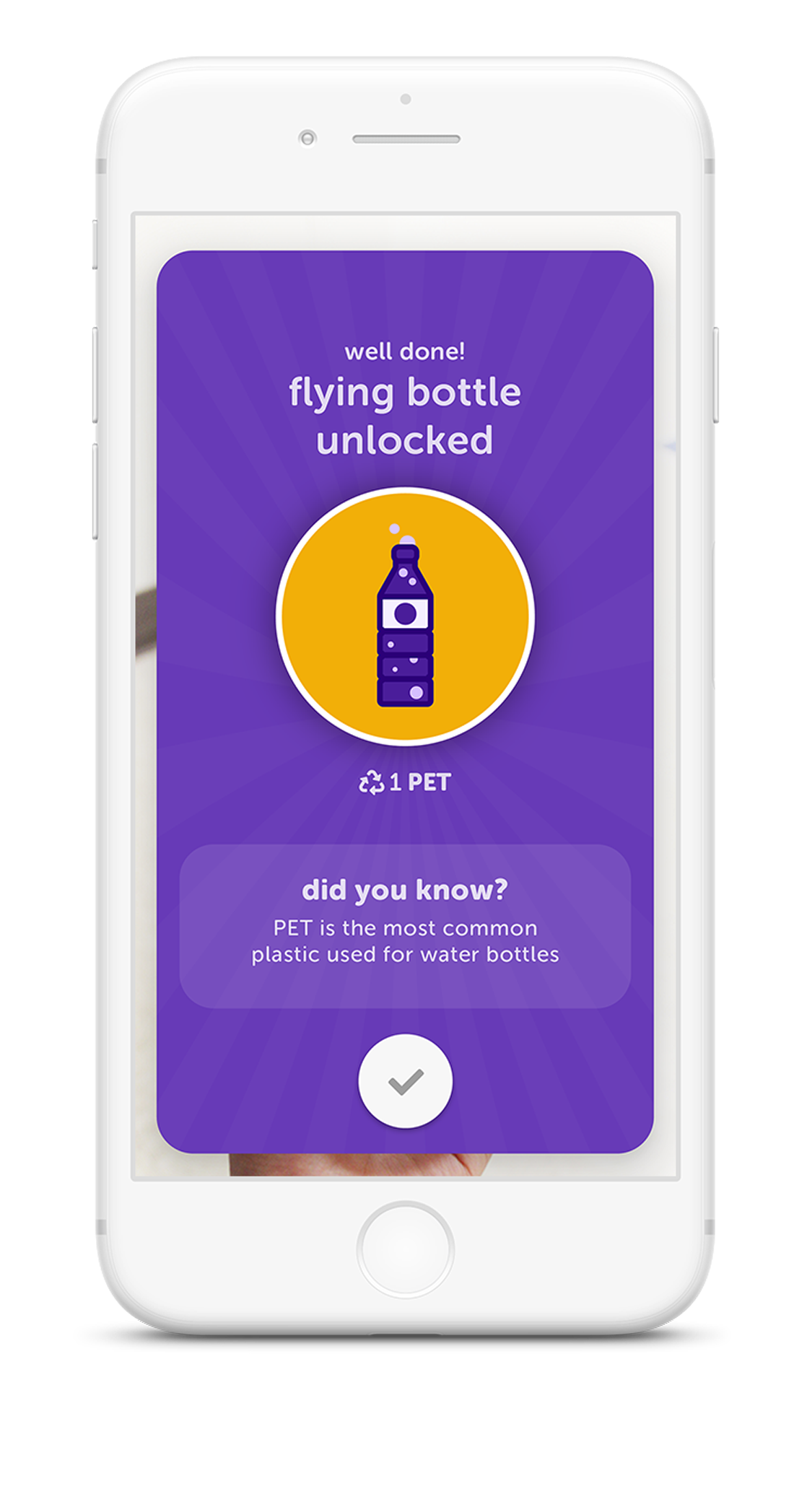
TRANSFORM MATERIALS INTO ENERGY
Use the unlocked bottles to energize your army of robots. They will be responsible for cleaning up the environment.
COLOR CHANGE INTERFACE
The users will be able to decide what color their interface is, related to the robots they create. The users are in control of how their robots will look and what superpowers they'll use to save the world.
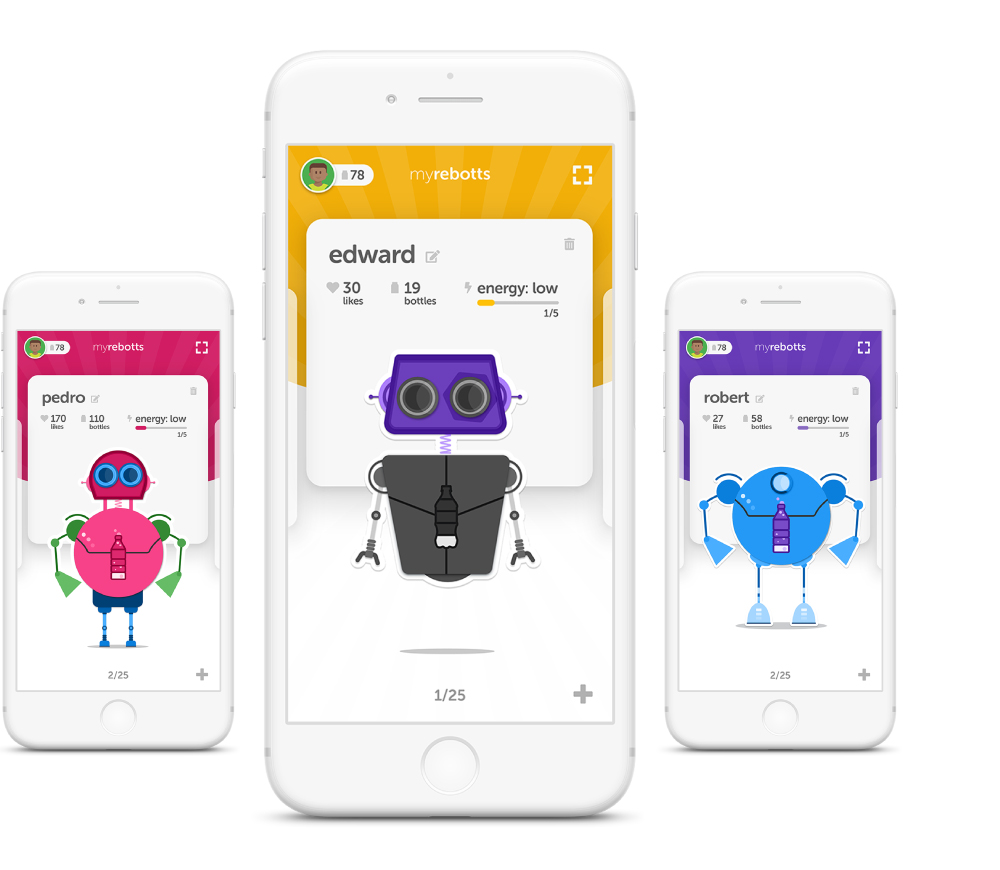
UNLIMITED POSSIBILITIES
Customize your robots to make them unique. Change their parts, colors and even add your own textures.
Children love games where they have control of how the characters look. By providing children the ability to customize their robots, they'll feel more connected and engaged with the activity.
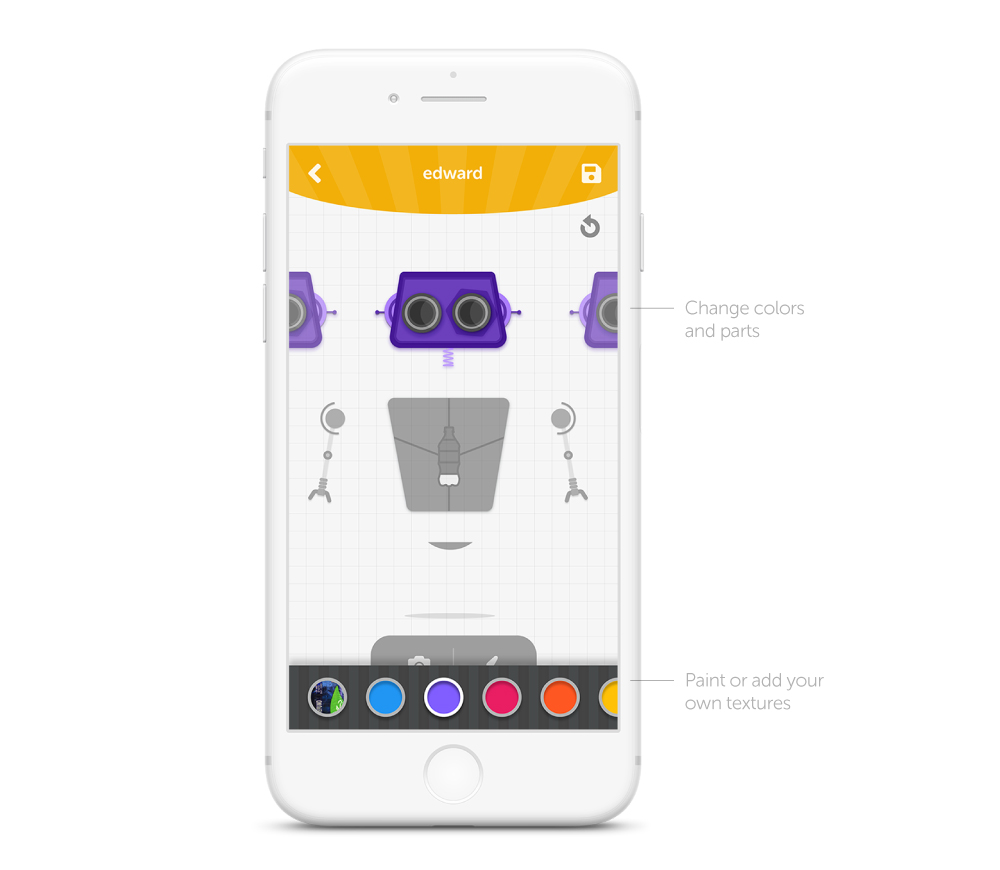
SHARE & LOCATE
Using geolocation and the Augmented Reality radar, children will be able to place their creations all over their city. Using the AR radar, they'll be able to locate and interact with their friends' creations.
By using AR, we again can connect the application to the real world. Where real friends are doing recycling actions to get their robots better and more powerful.
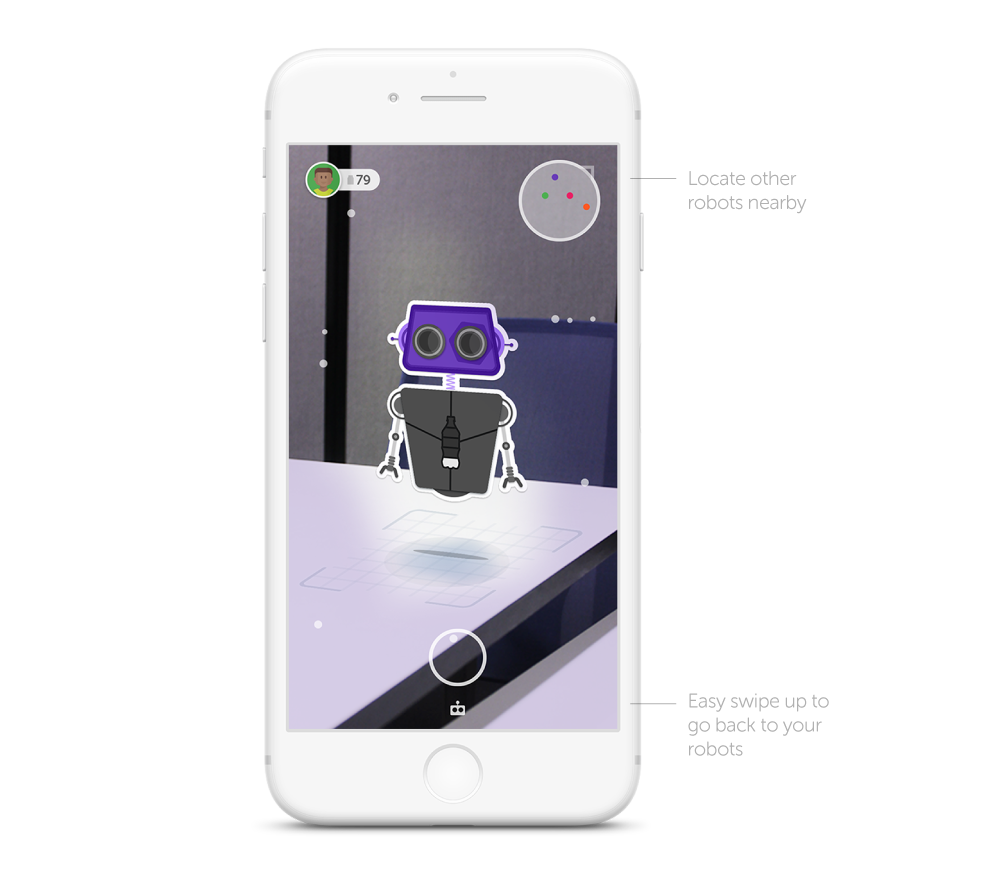
GET REWARDED
Users can check their progress on their profile, they can see how their friends are doing and how the city is being affected by their actions.
Having a competition model, where children can win prizes for the number of bottles they recycle, can motivate children to keep recycling. So not only there is an immediate reward for every recycling action, but there is also a long-term reward depending on the bottles the children recycle in the real world.
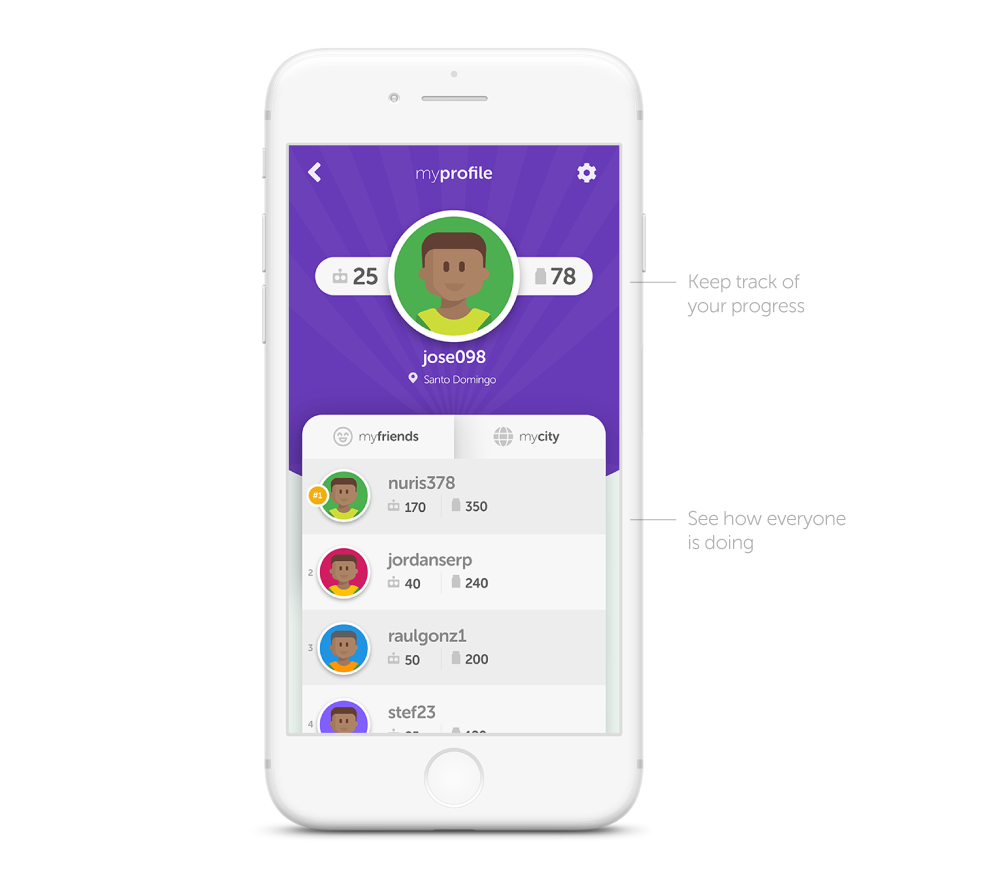
COLORS & INSPIRATION
COLORS
In order to make the creations pop up, a neutral color palette was selected for the interface.
For the robots, vibrant colors were selected. The children will have the power of deciding what colors their robots will be and the background of their cards.
INSPIRATION
The overall style of the application is based on flat design and material design principles. Usage of depth sense of environment inside the interface.
The project concept was inspired by the sense of community and group interactivity.
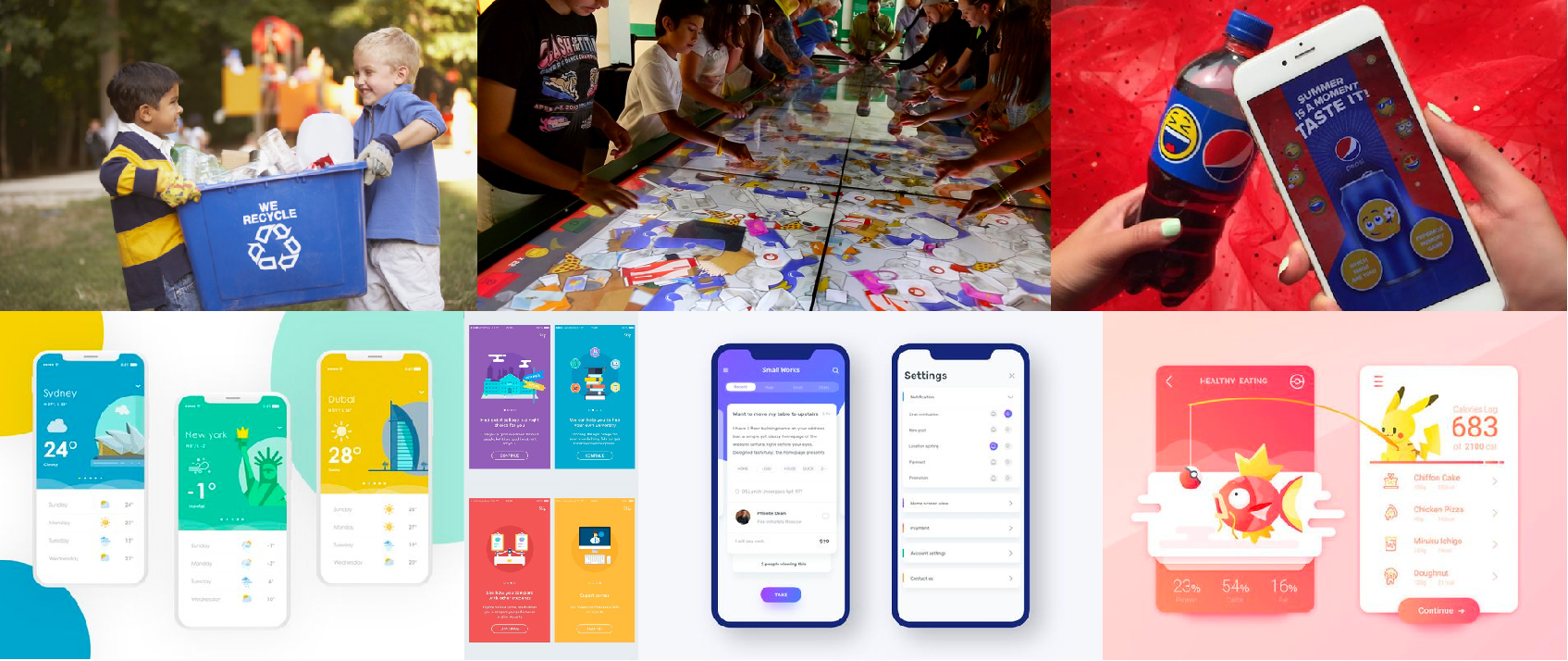
DESIGN RATIONALE
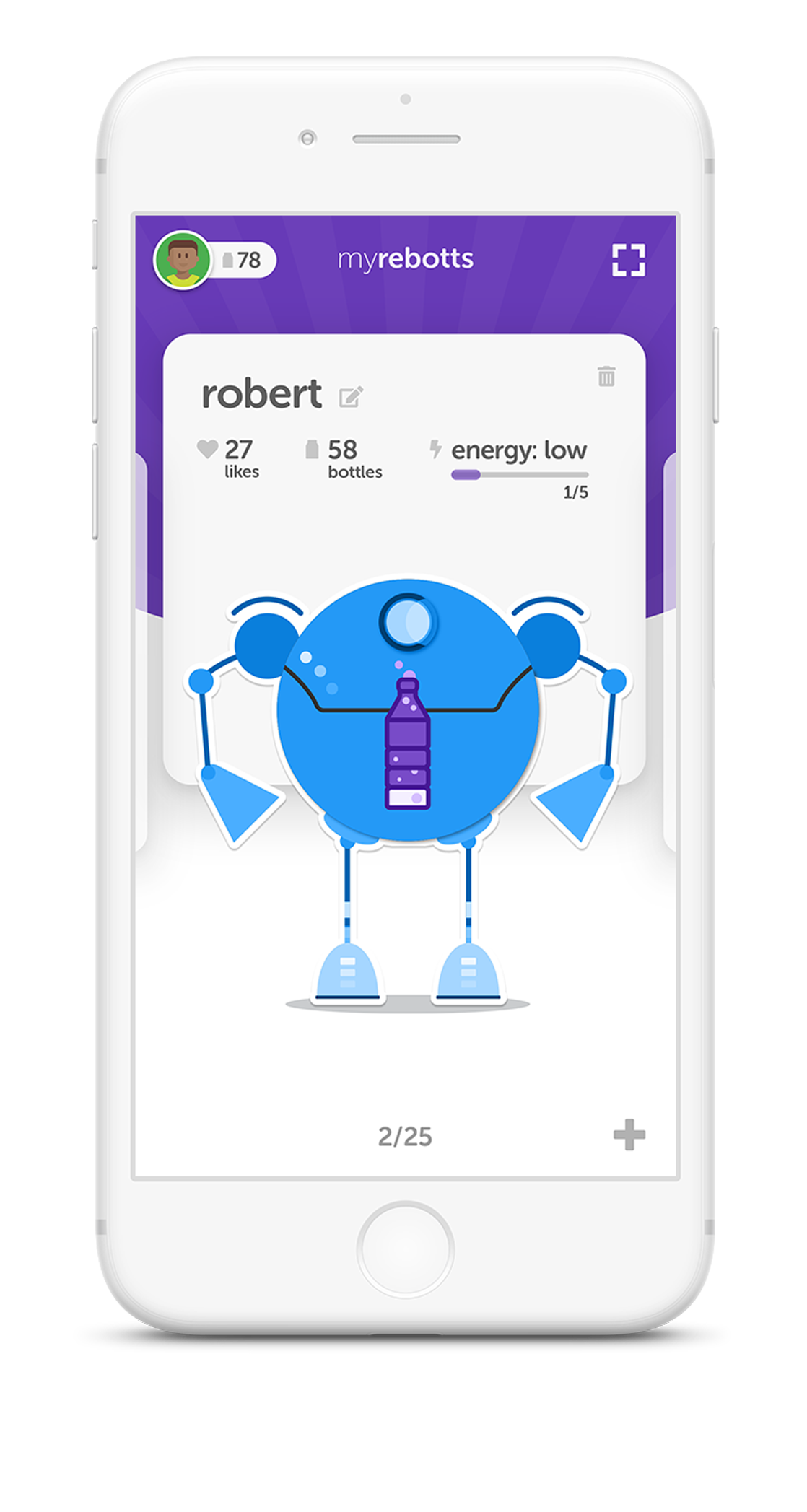
WHY ROBOTS?
One of the main concepts for the application was to make it a creation app since kids in this age enjoy applications such as Minecraft and Roblox for their building features and freedom of creation.
In order to connect the real world with the application, robots were perfect because of their modal structure. Connecting these parts with the real world recycled bottles will provide an unlimited customization feature.
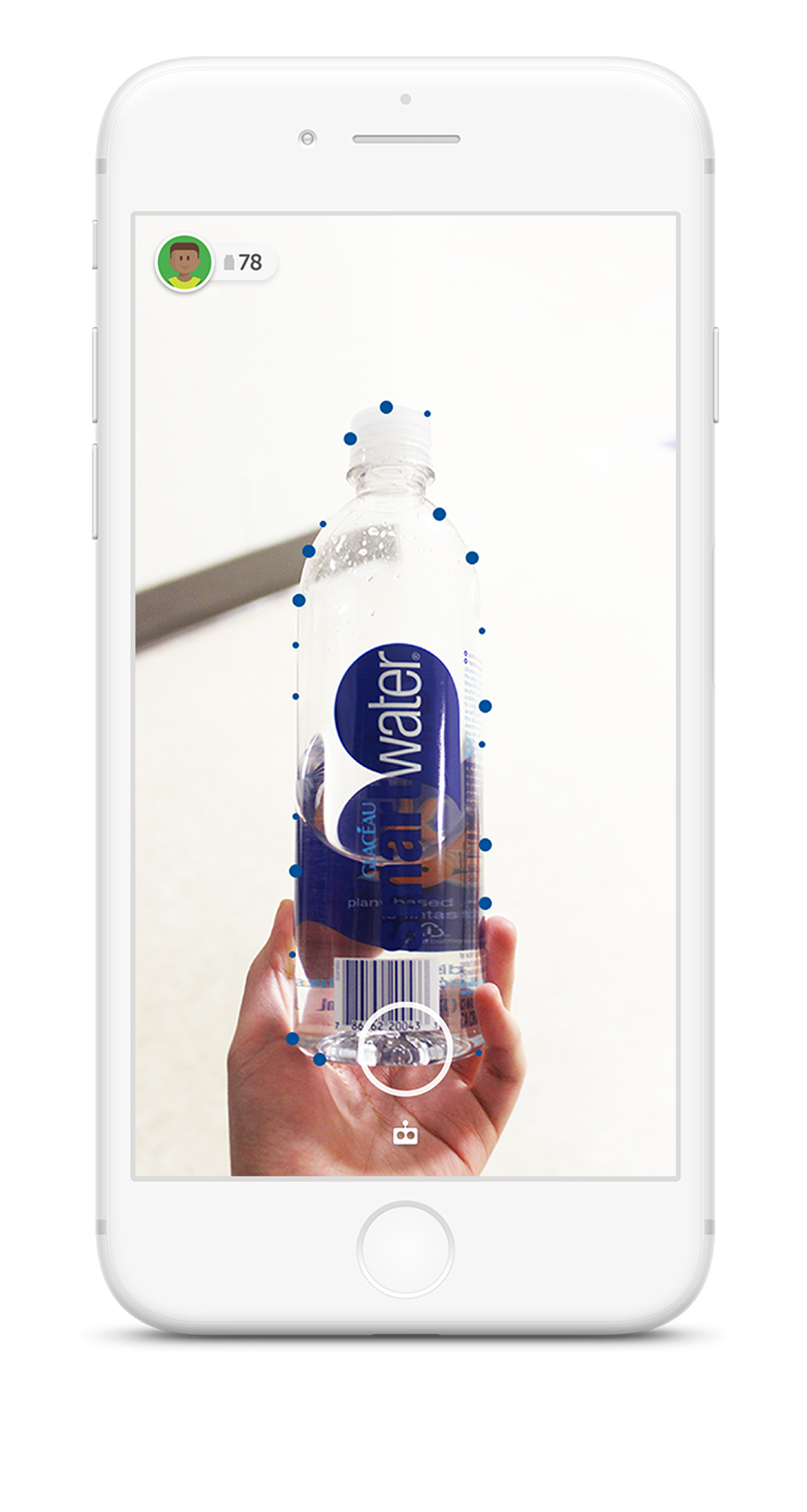
WHY BOTTLES?
In the Dominican Republic, it's not safe to drink water from the tap. For this reason, people buy bottled water every day, including children at their schools. Other products such as juice and soda are also sold in plastic bottles. After analyzing pictures of garbage from Dominican beaches and landfills, a common element was always present, foam food containers and plastic bottles.
These plastic bottles have barcodes, a convenient element that can be used to control what kids are scanning and adding to the recycling bins.
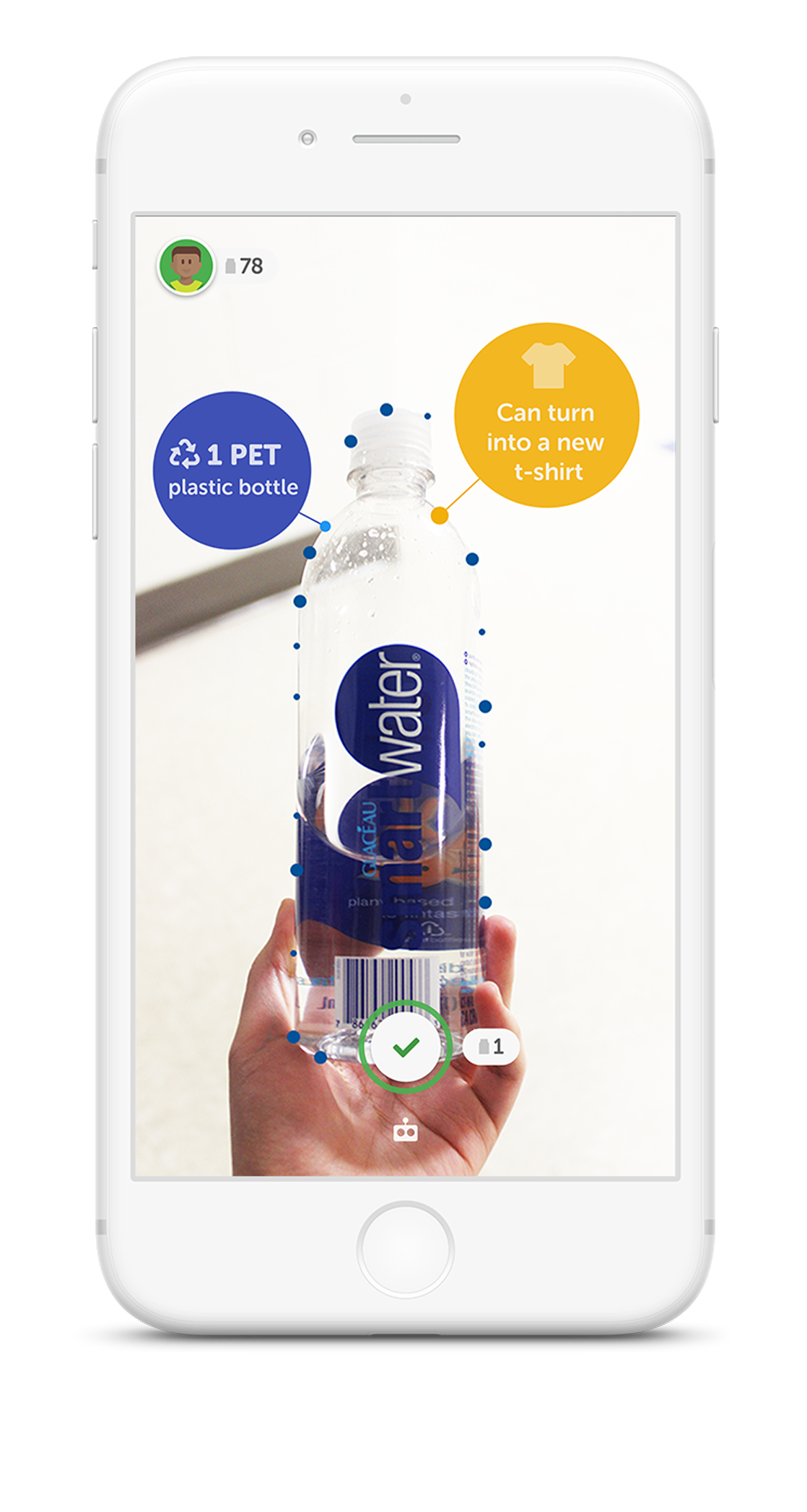
WHY SCANNING?
Thanks to technical advancements in image recognition, it is possible to identify a material or object with a mobile phone camera. To provide real-life educational content, making a connection of the material and the user. Using scanning is also very efficient for fast verifying a recyclable material on the go.
DESIGN IDEATION
INITIAL SKETCHES & DESIGNS
INITIAL APPROACH. CREATING FROM BOTTLE SHAPES
The initial concept of the project was based on creating robots with bottle shapes.
Later on, the approach evolved to transforming real-life bottles into energy source for the robots. This approach connected the real-life bottles with the creations and provided a wider range to engage the users.
DESIGN DECISIONS
NAVIGATION
At the beginning of the ideation phase, the user interface was very cluttered. The cognitive load was too high. That's why gestures were added to the experience, having gestures to go from screen to screen simplified the UI and opened new windows for more engaging interactions.
Navigations like these are used in applications used by tweens and teens, such as Snapchat and Instagram.
INTERACTIONS
The feeding and scanning interactions were crucial for the project. These interactions needed to engage the user. In order to do so, unusual interactions such as dragging the robot to feed him, or showing content coming out of the bottle were used.
ORIENTATION
Children apps normally have a landscape orientation. For this application, since the users were going to be scanning materials with one hand and interacting with the creations, a primary portrait orientation was selected. This orientation will provide more grip when scanning and since they're scanning bottles (vertical objects) and having standing robots, this orientation seemed to be the best choice.
The user still has the option to rotate the phone to use it in landscape mode if desired.
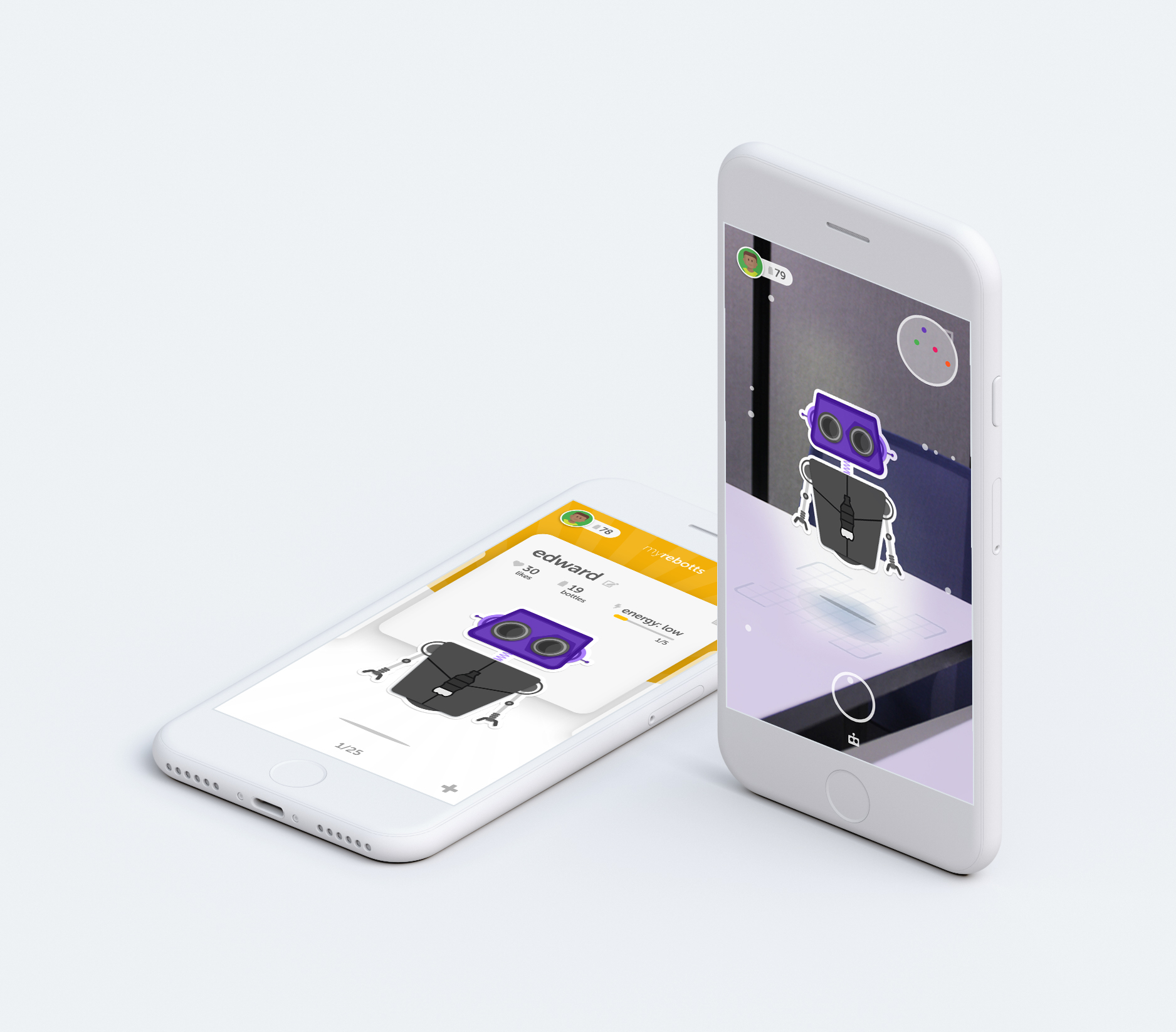
HABIT CREATION
By implementing this application we can demonstrate how design can be used to best leverage the full capabilities of mobile technology to affect real-world change.
Selected Works
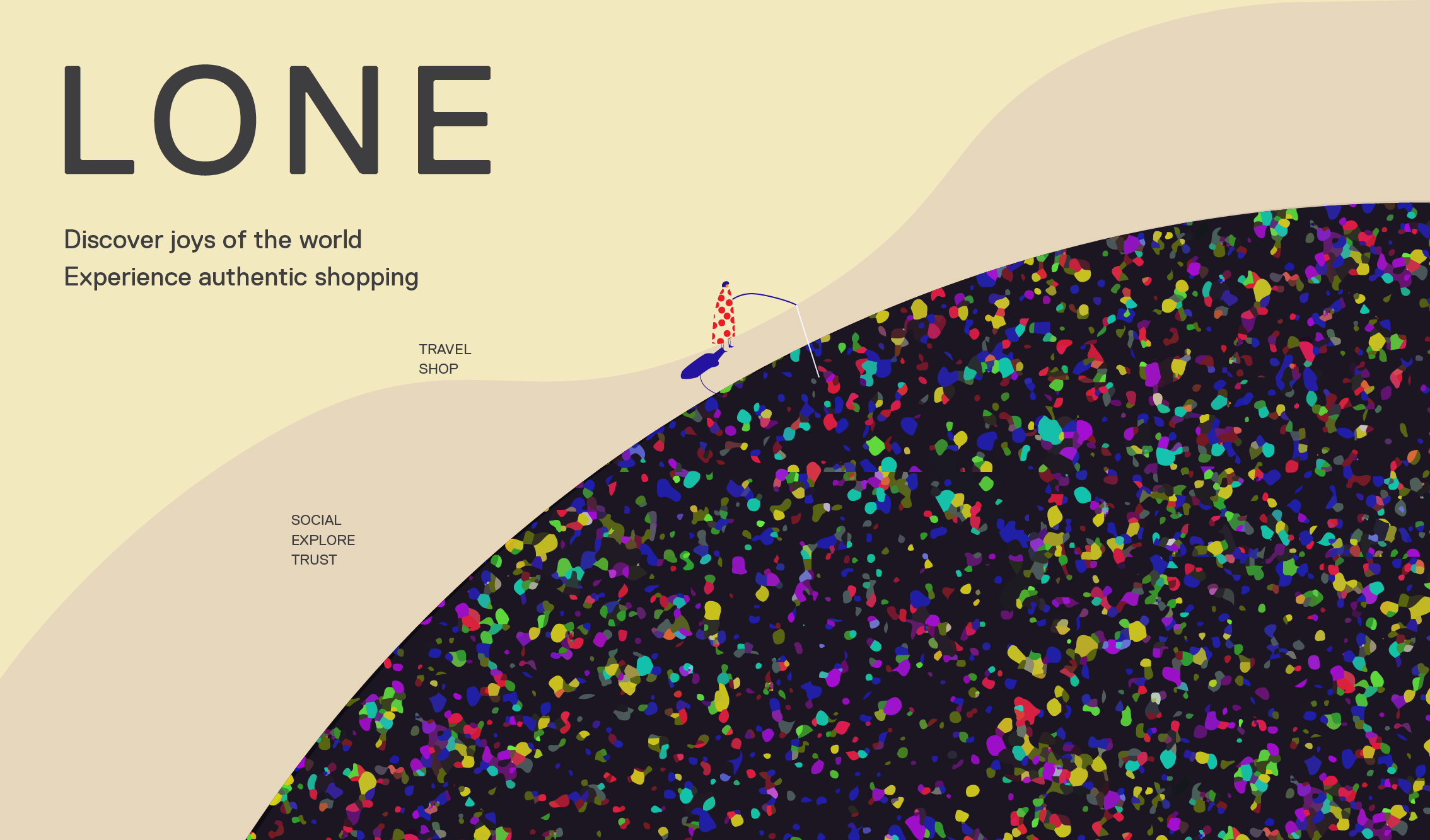
XiHe-LONE-International Social Shopping SolutionCase Study 1-page

Yushinanshan-Protect Me - DuplicateCase Study 1-page
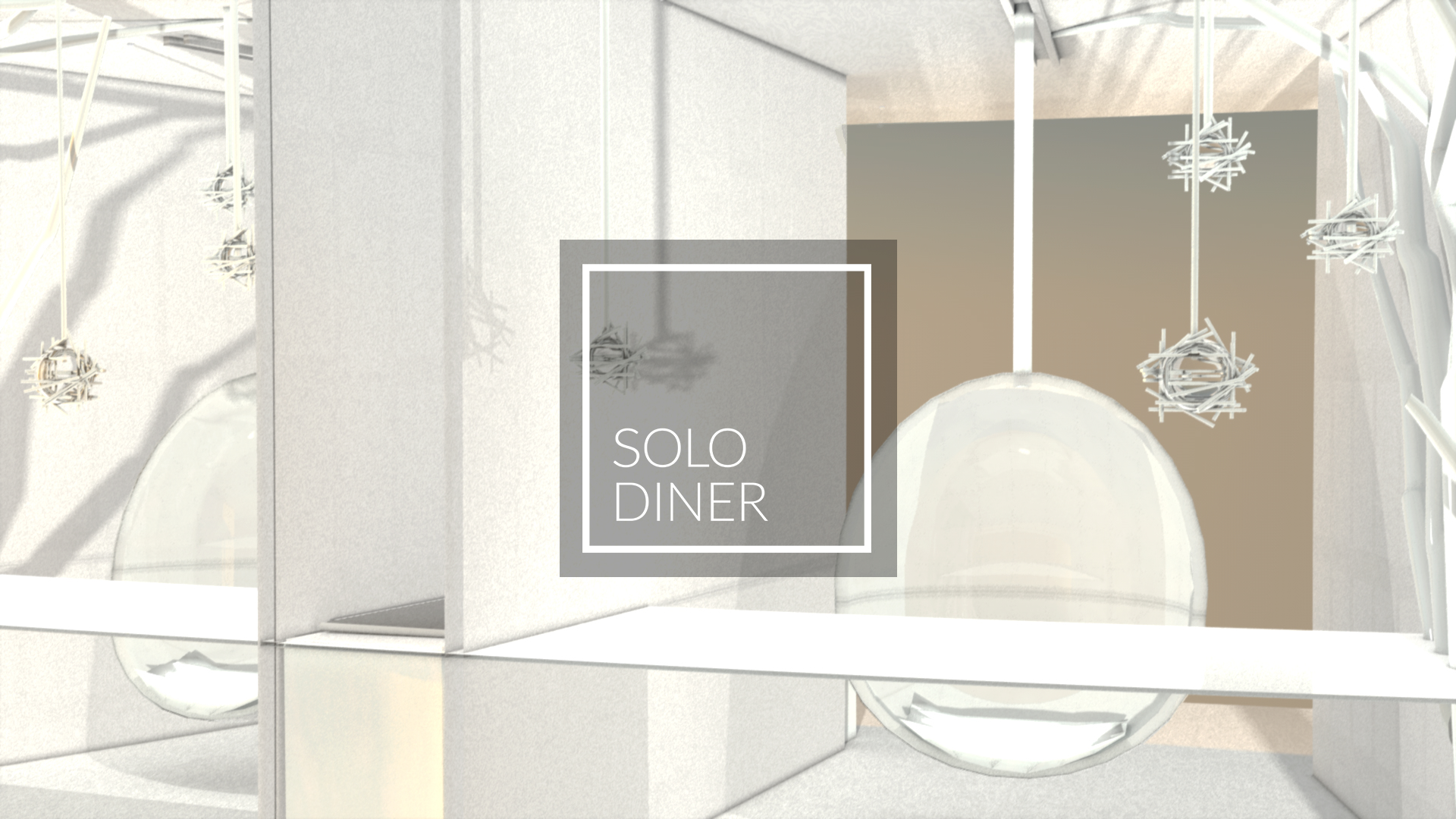
KATHY JIANG-SOLO DINERCase Study 1-page

Akshay Kumar Arun - Authentic Travel Leveraging Local Social MediaCase Study 1-page

Ding - Smart Tracking for Healthier LifestyleCase Study 1-page

I-Tang, Wu_Additives AbyssCase Study 1-page

Art Museums and Early ChildhoodCase Study

WENTAO HUANG_MudboyCase Study 1-page
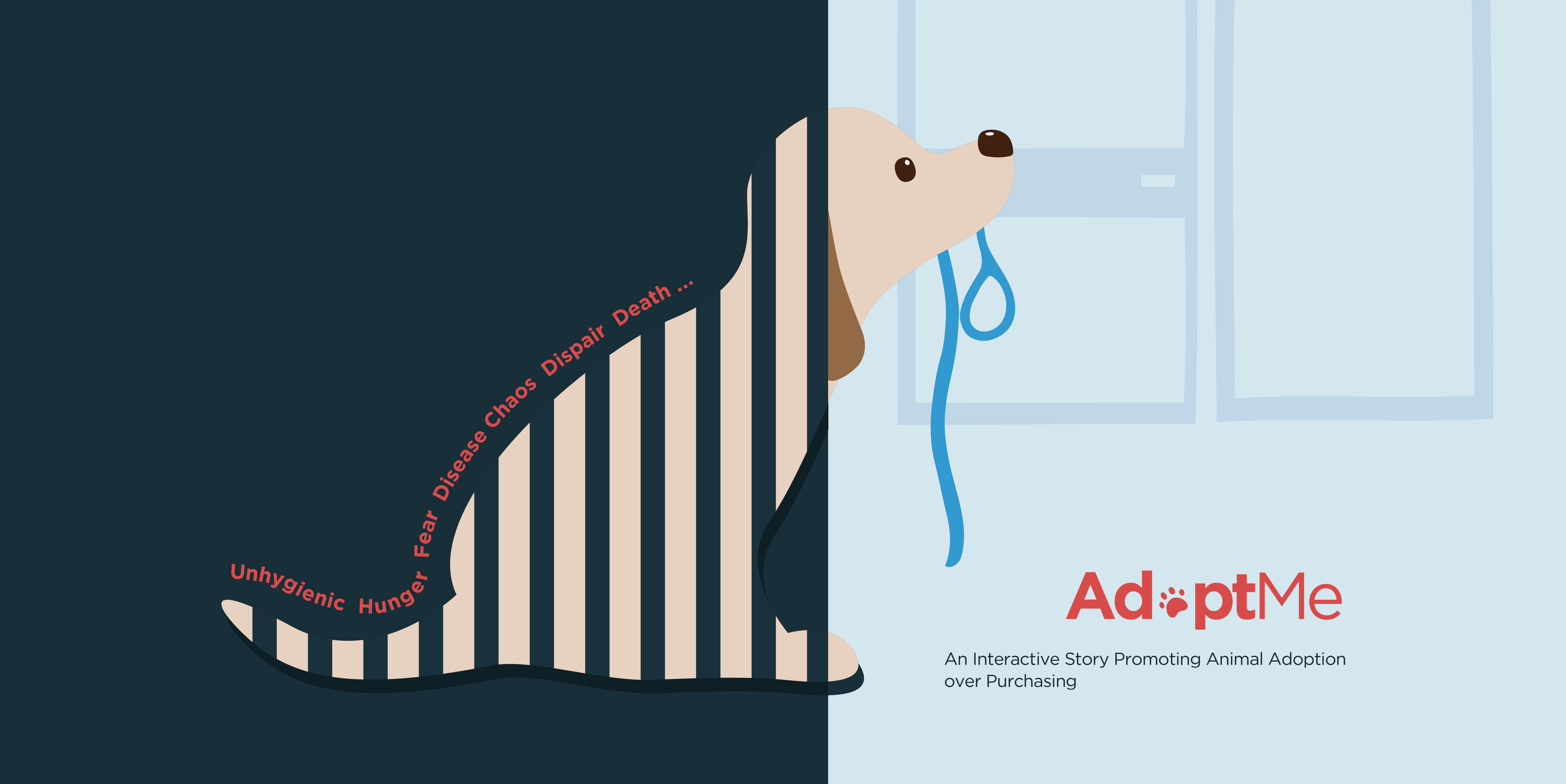
Ying - Adopt MeCase Study 1-page

LIU- Rover (Virtual Reality Game)Case Study 1-page
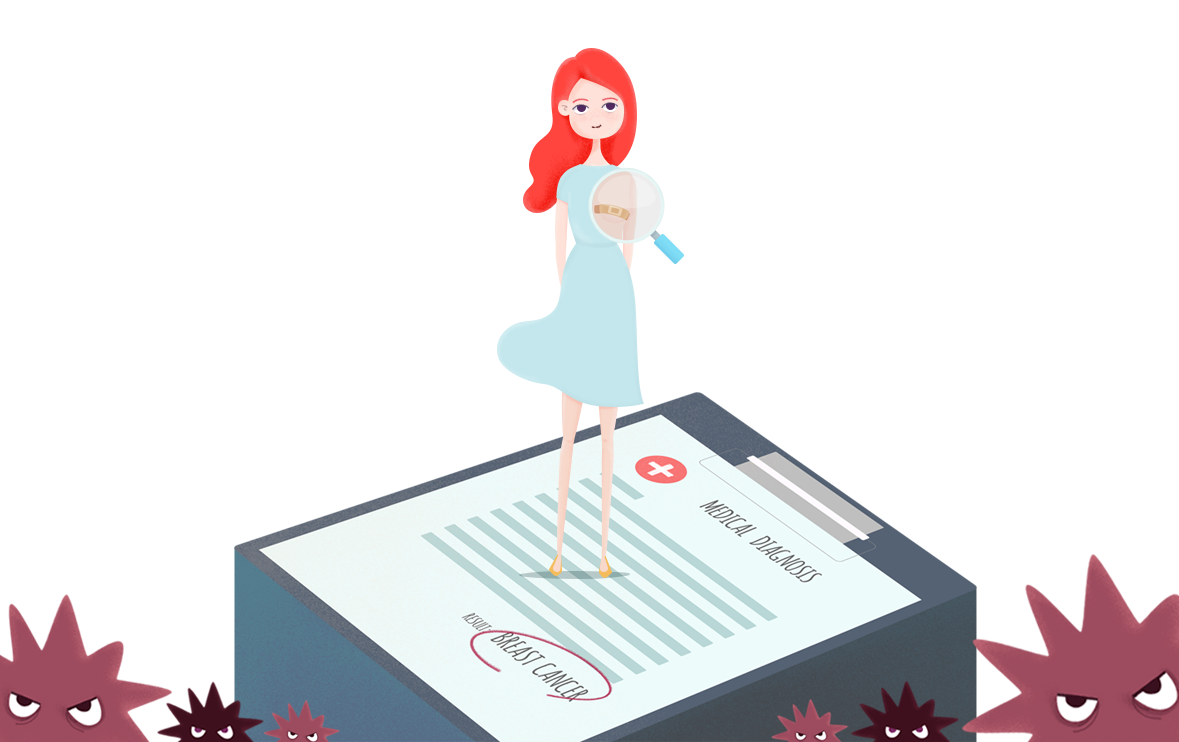
Hou - You Can Be StrongCase Study 1-page

Jing Lyu - VR Interactive Prototype: Future WardrobeCase Study 1-page

Huangzhi Tang - ID ( Ego & Id )Experimental Animation
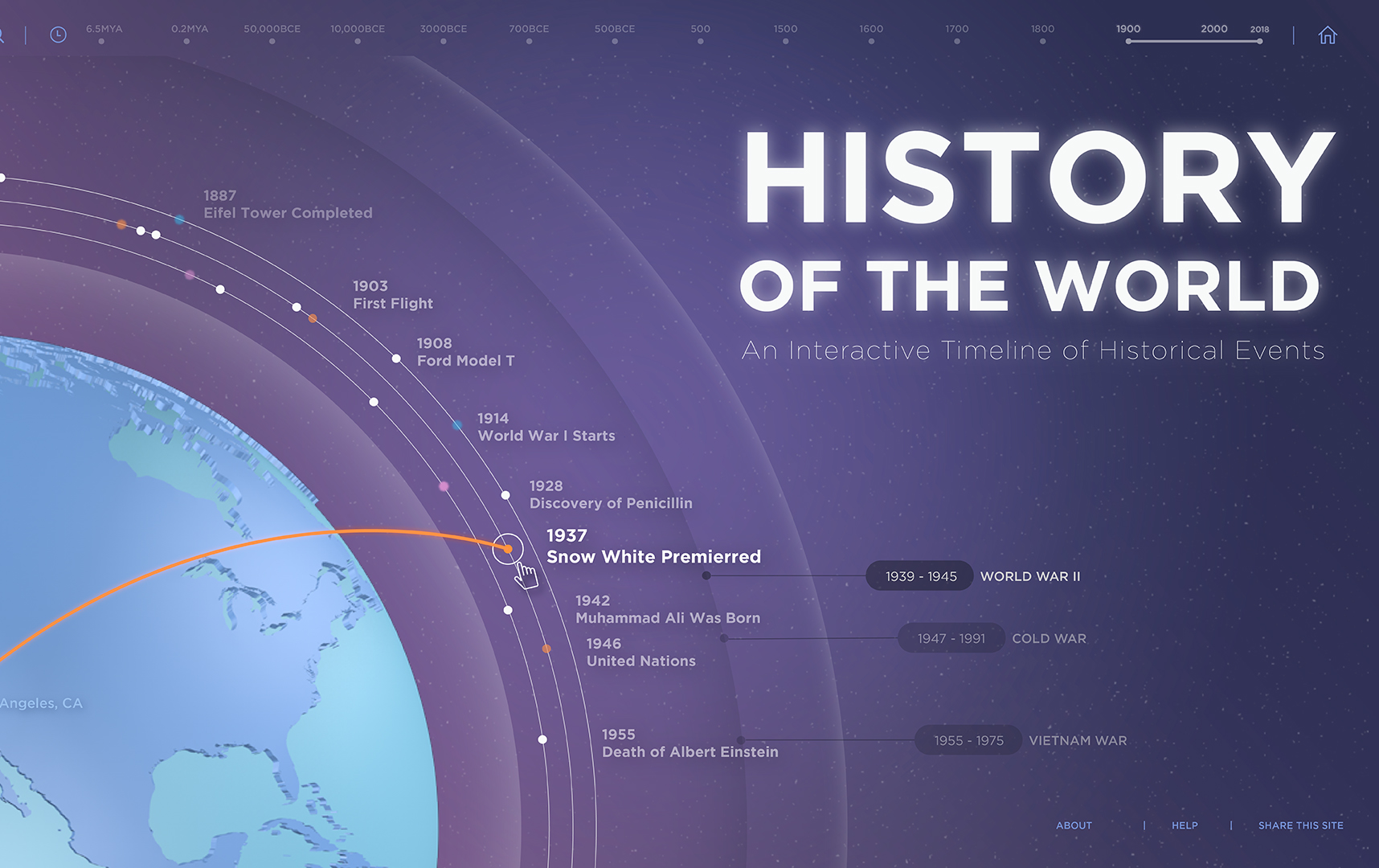
VATANASIRISUK - History of The WorldCase Study 1-page
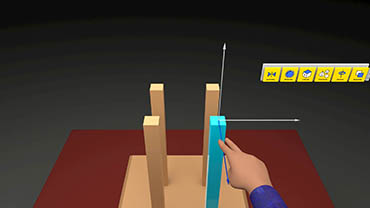
Lopez Taveras – Virtual Reality Interfaces for Product DesignInteraction Design
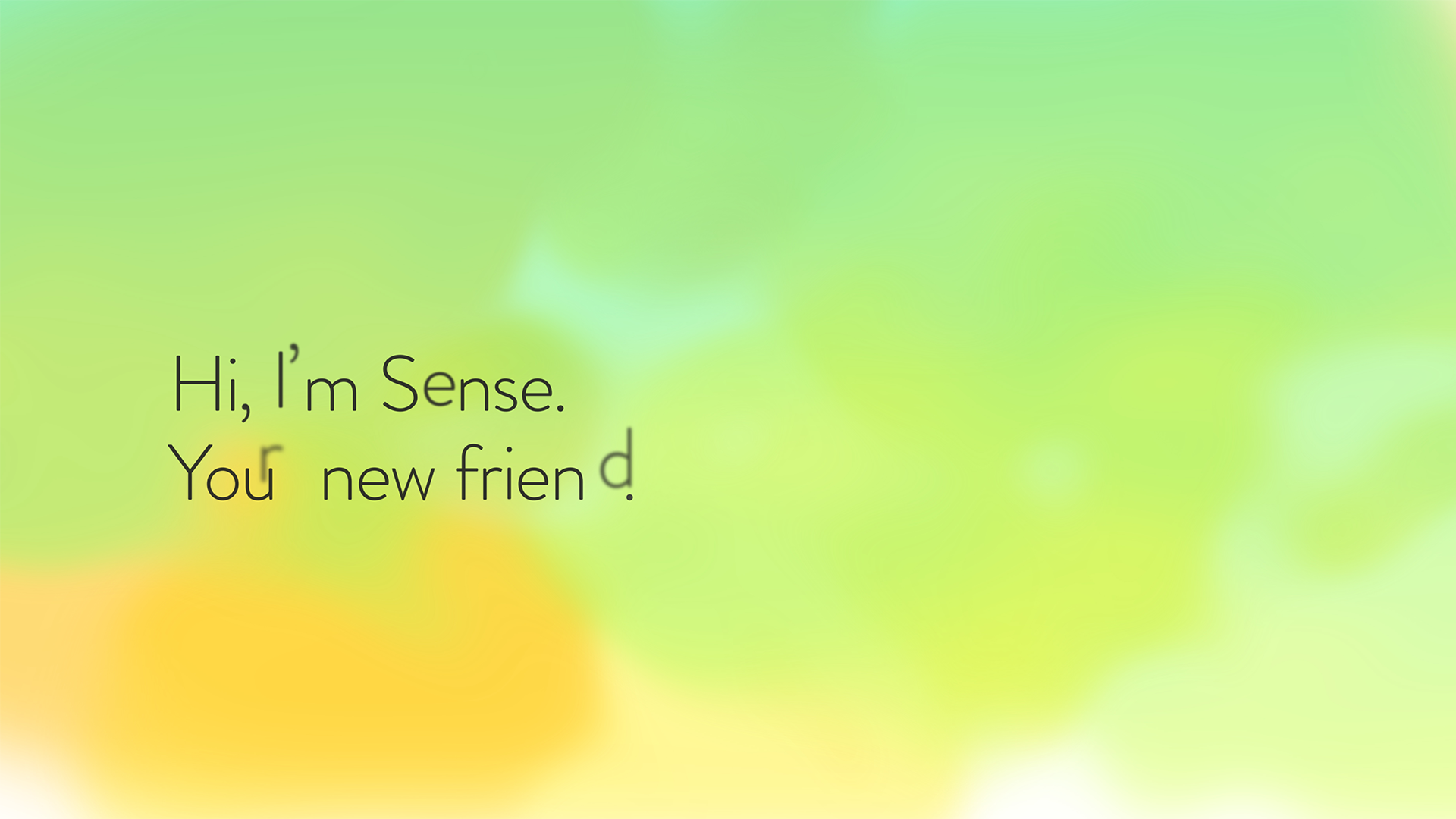
Zheng Zhang - Sense - A recommendation SystemCase Study 1-page
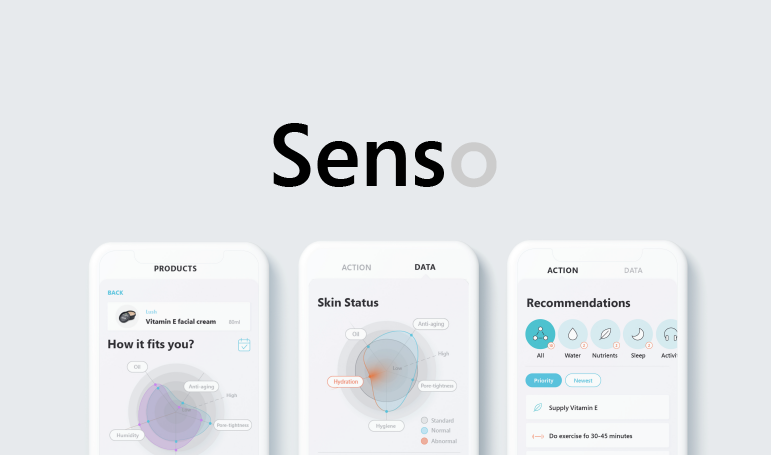
Zhan - Skin health improvement appCase study- 1page
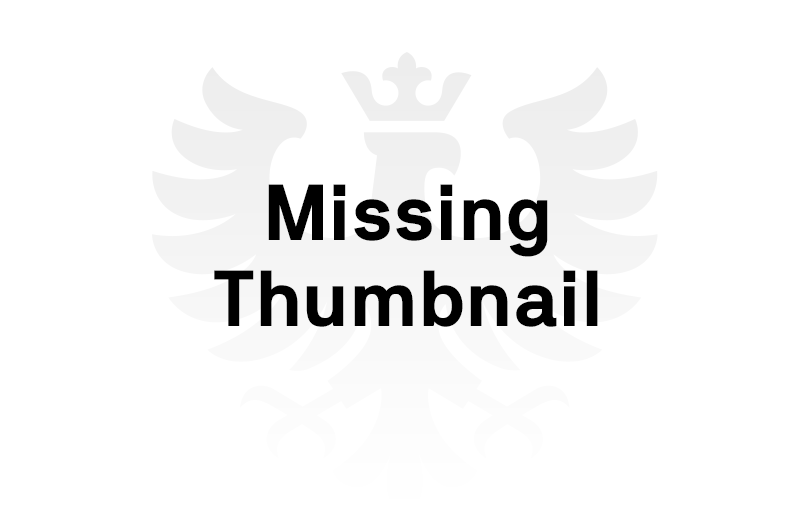
Chenchen Ji - CatpanionCase Study 1-page

XU-Educational tool to prevent injuries from outdoor adventuresCase Study 1-page
